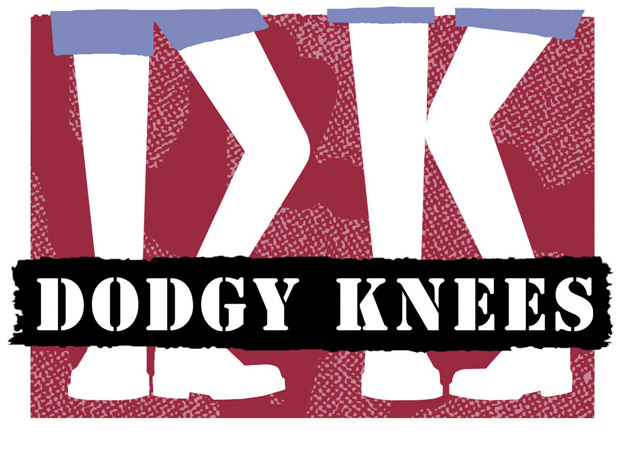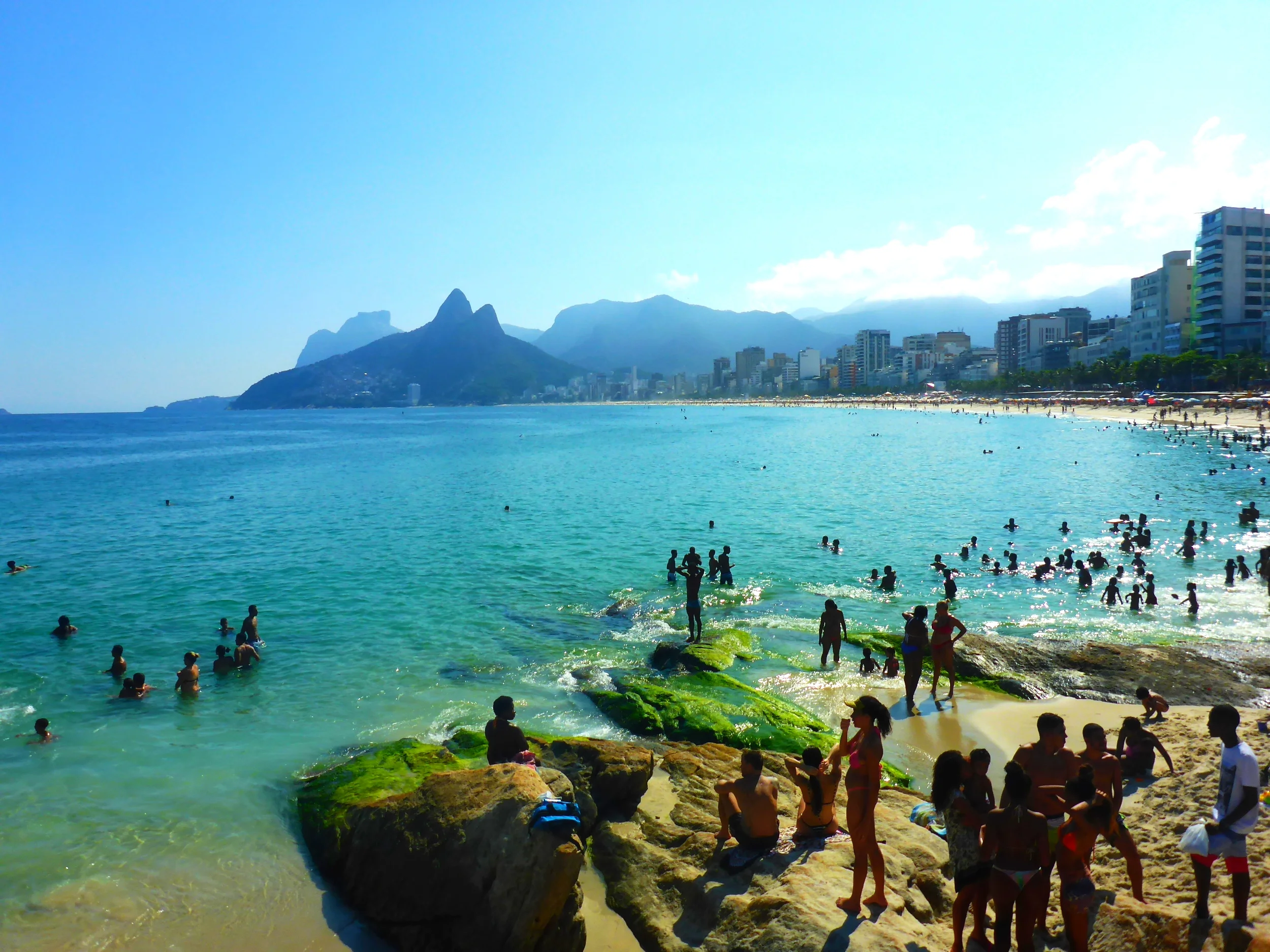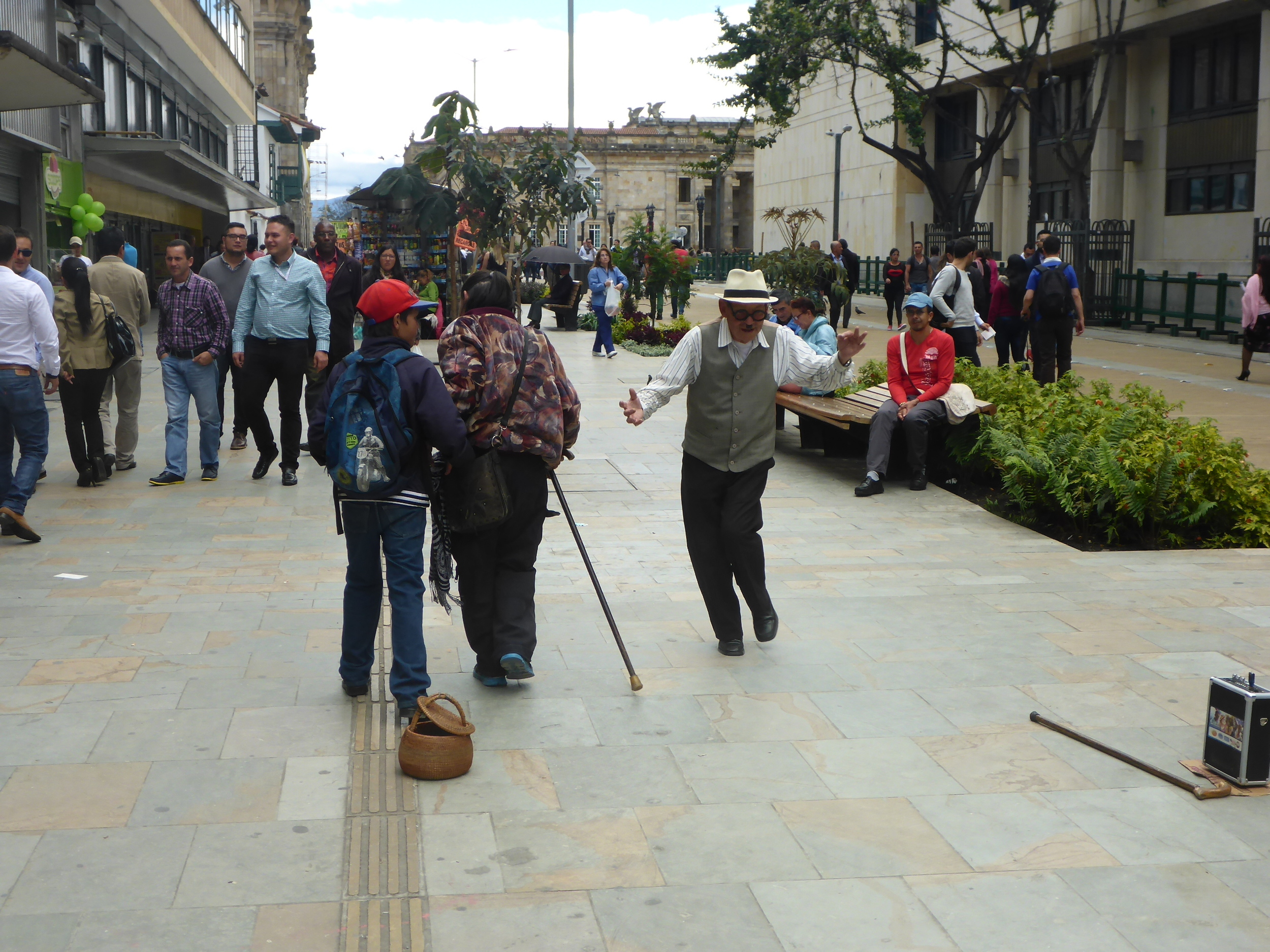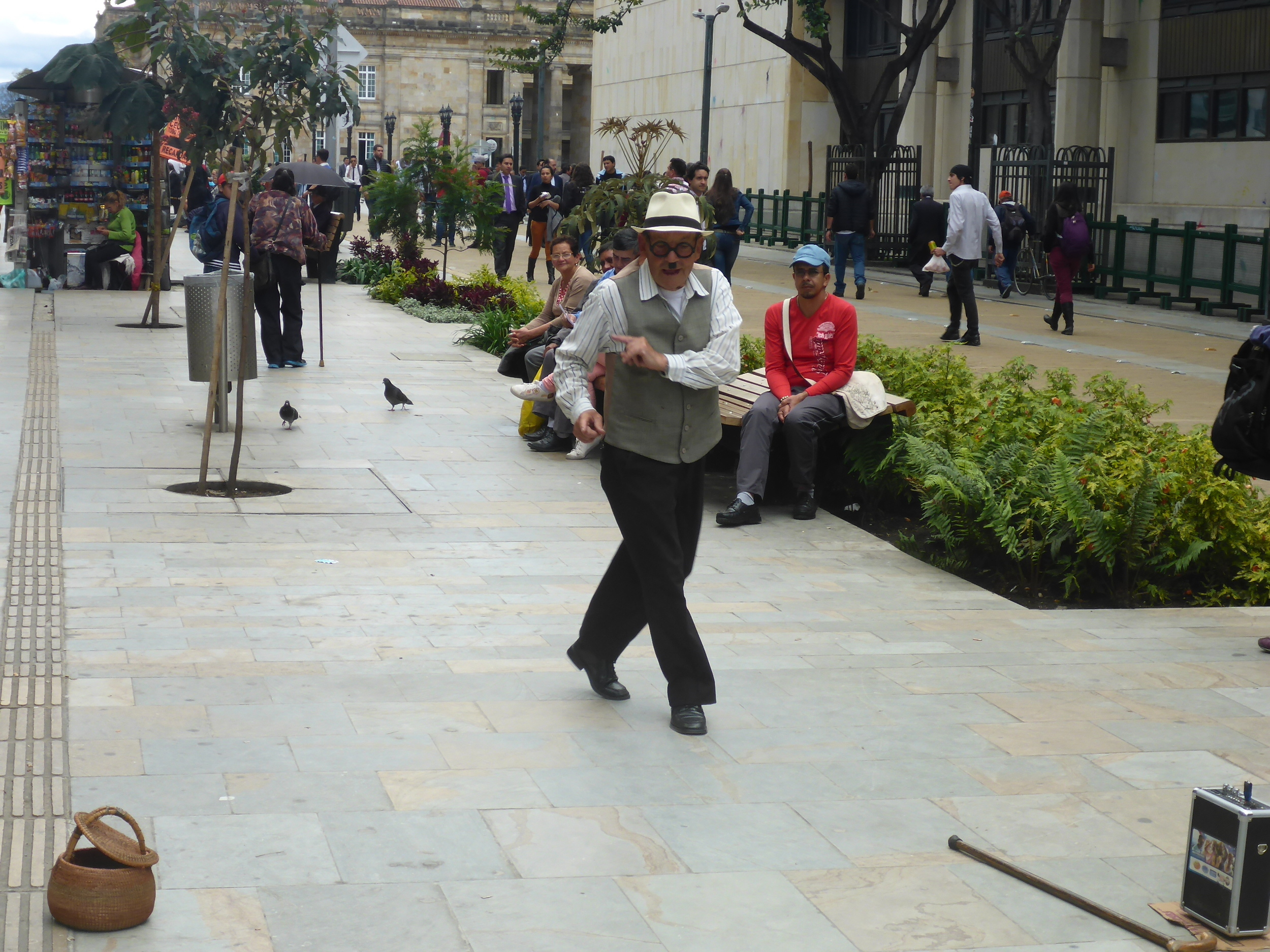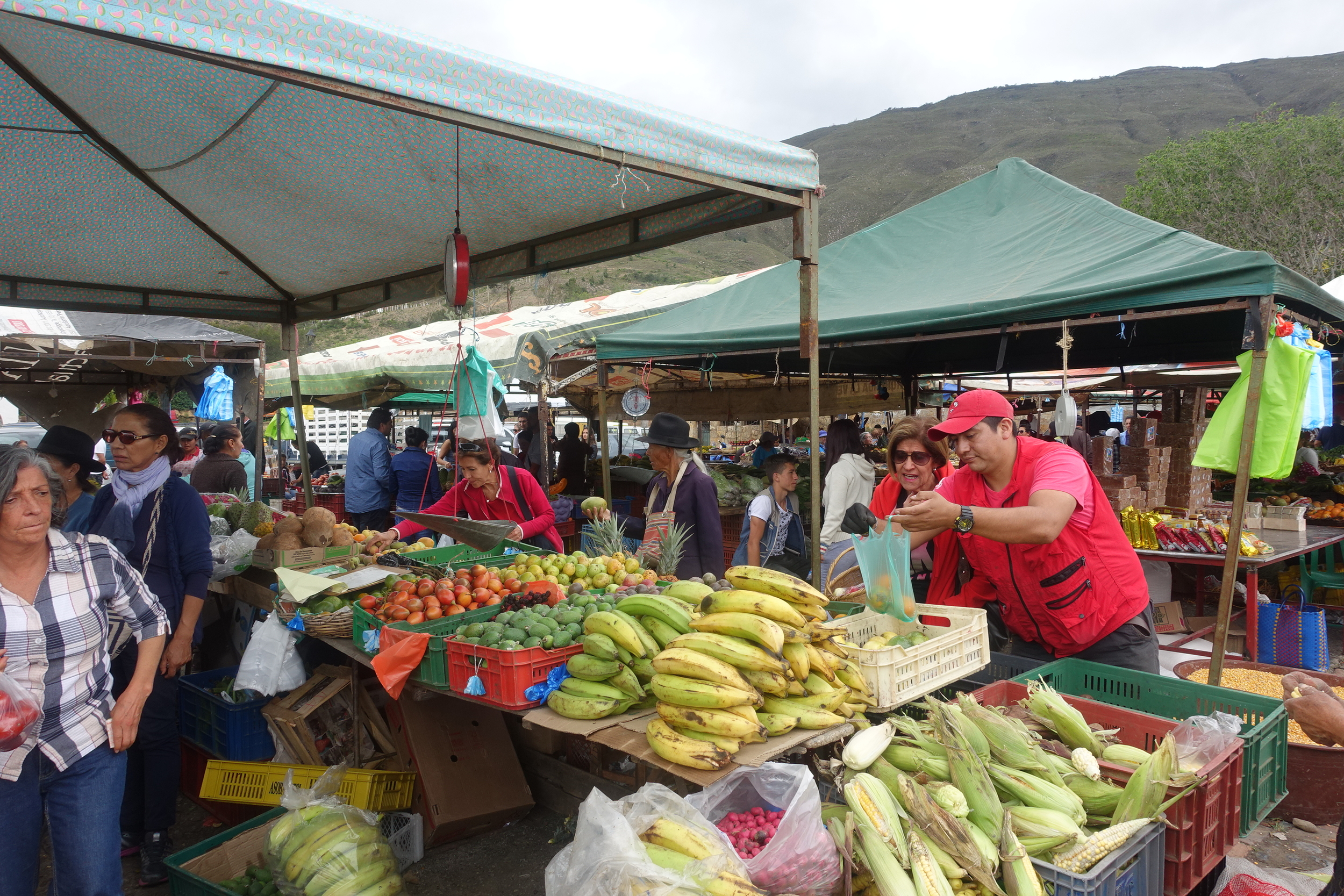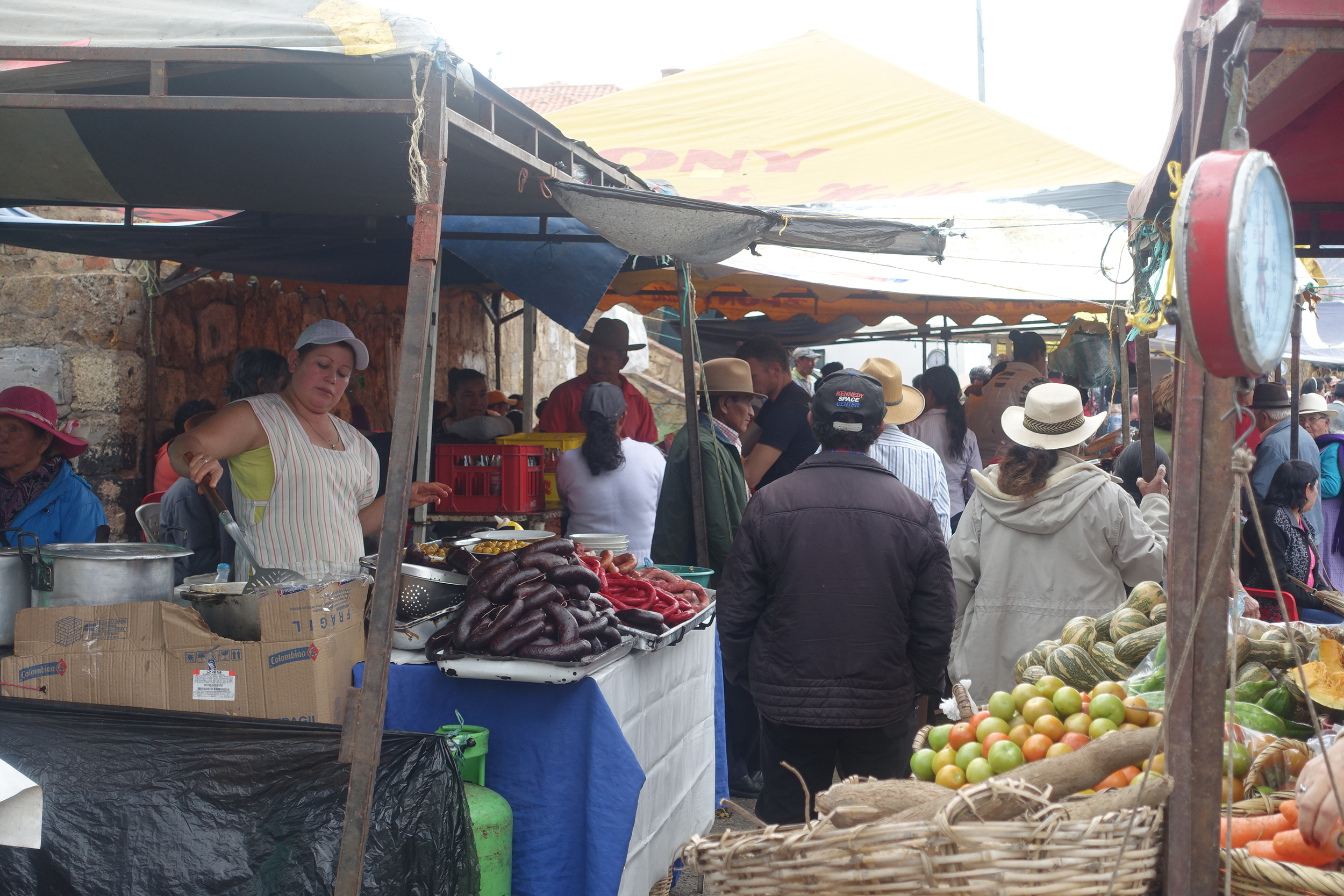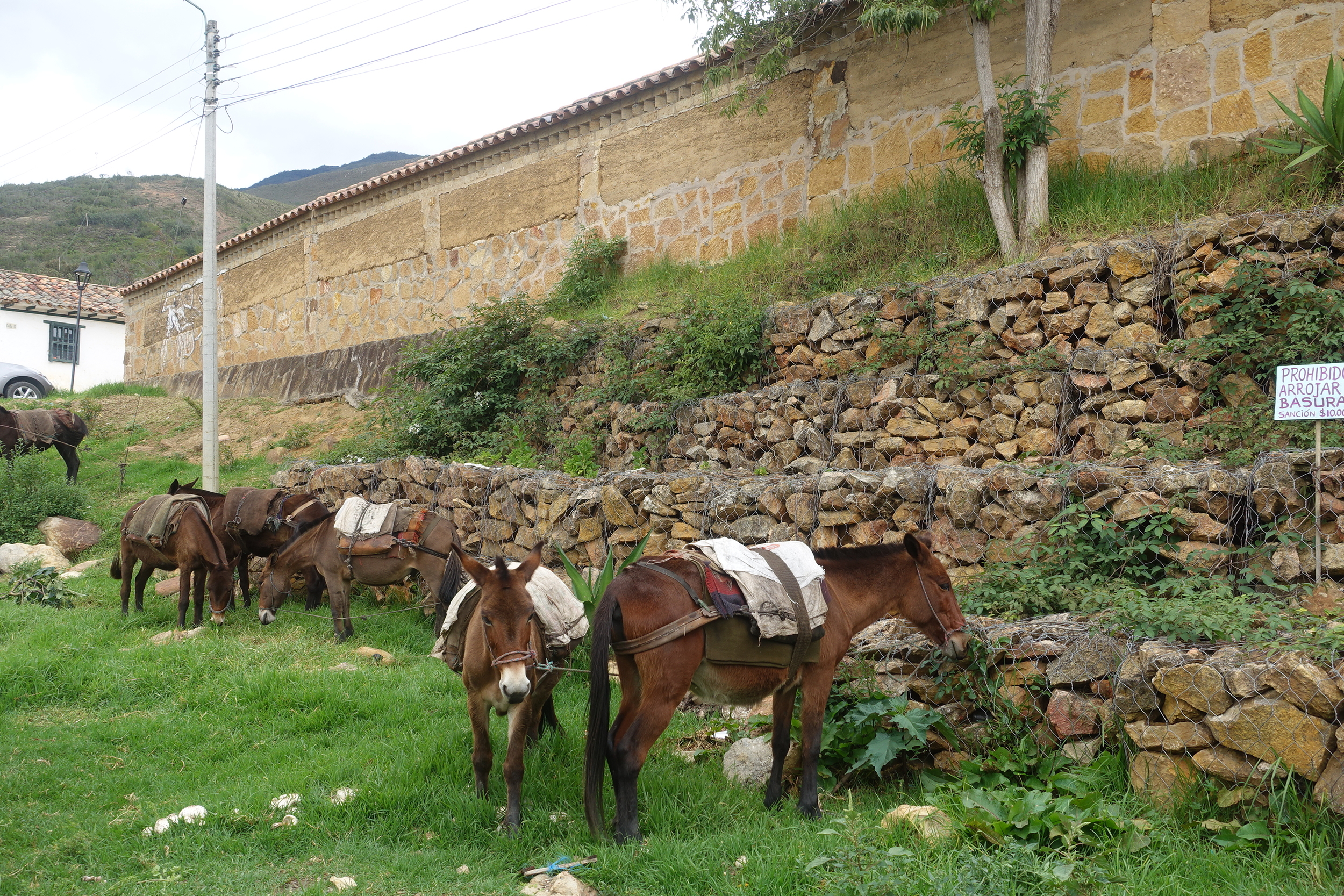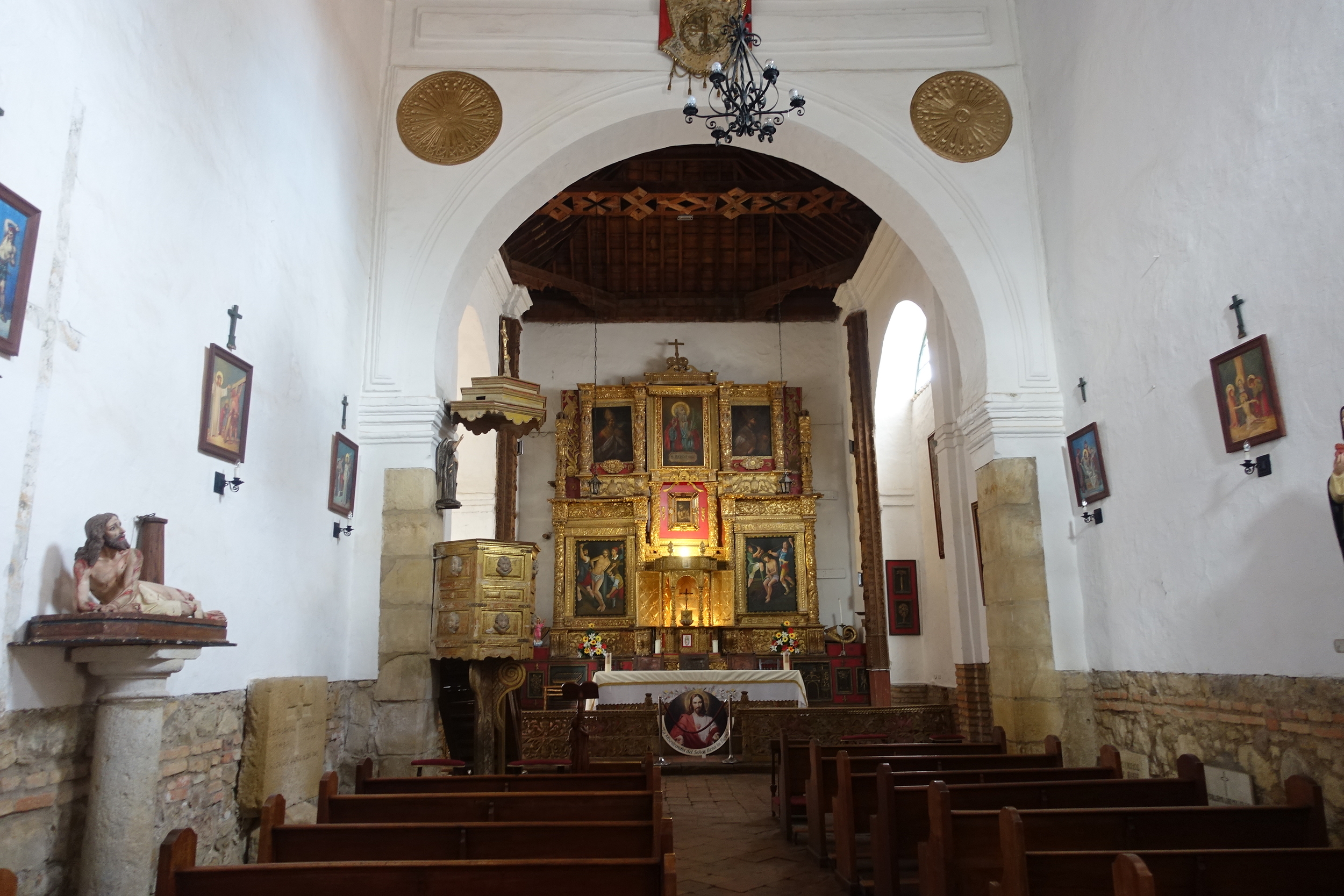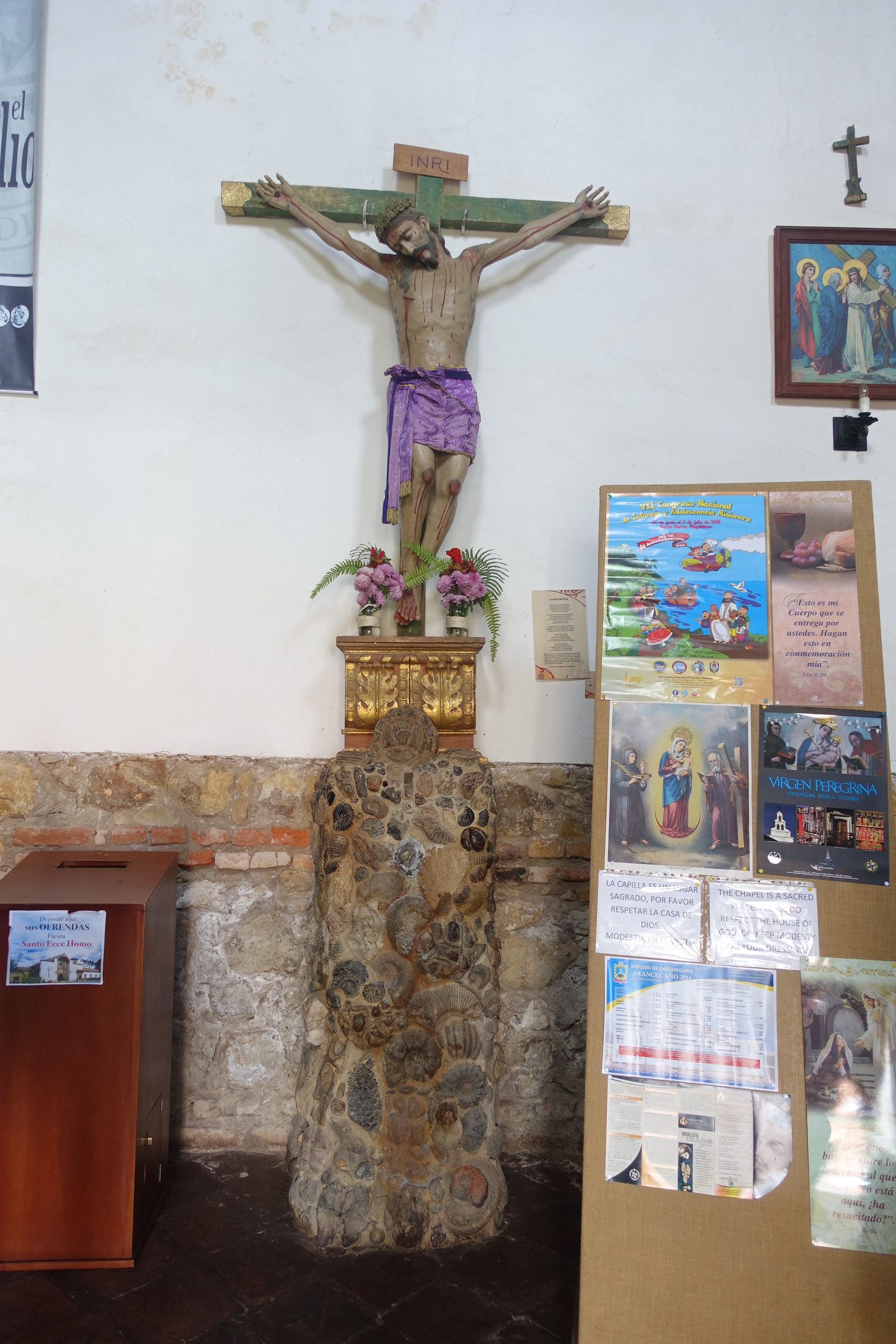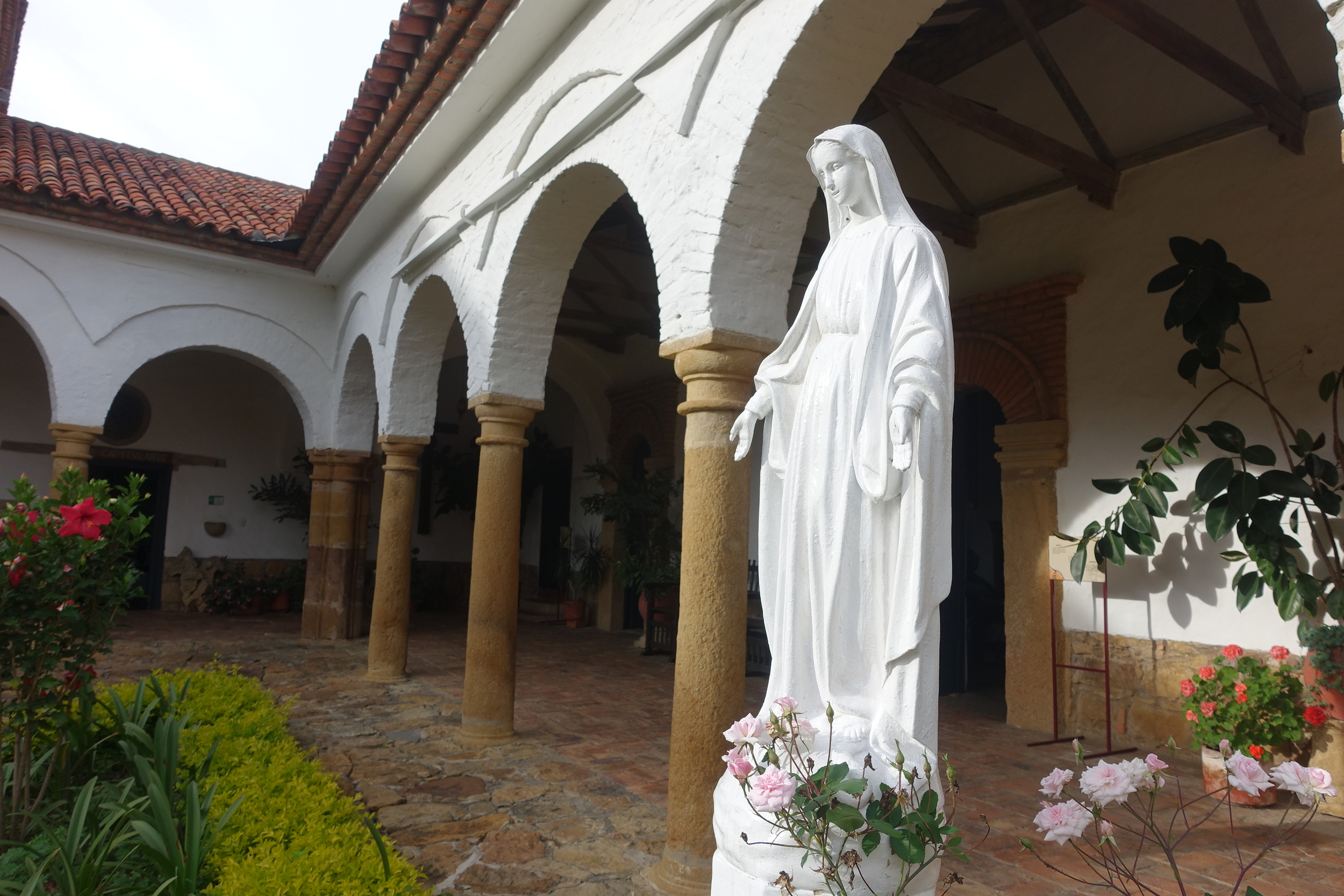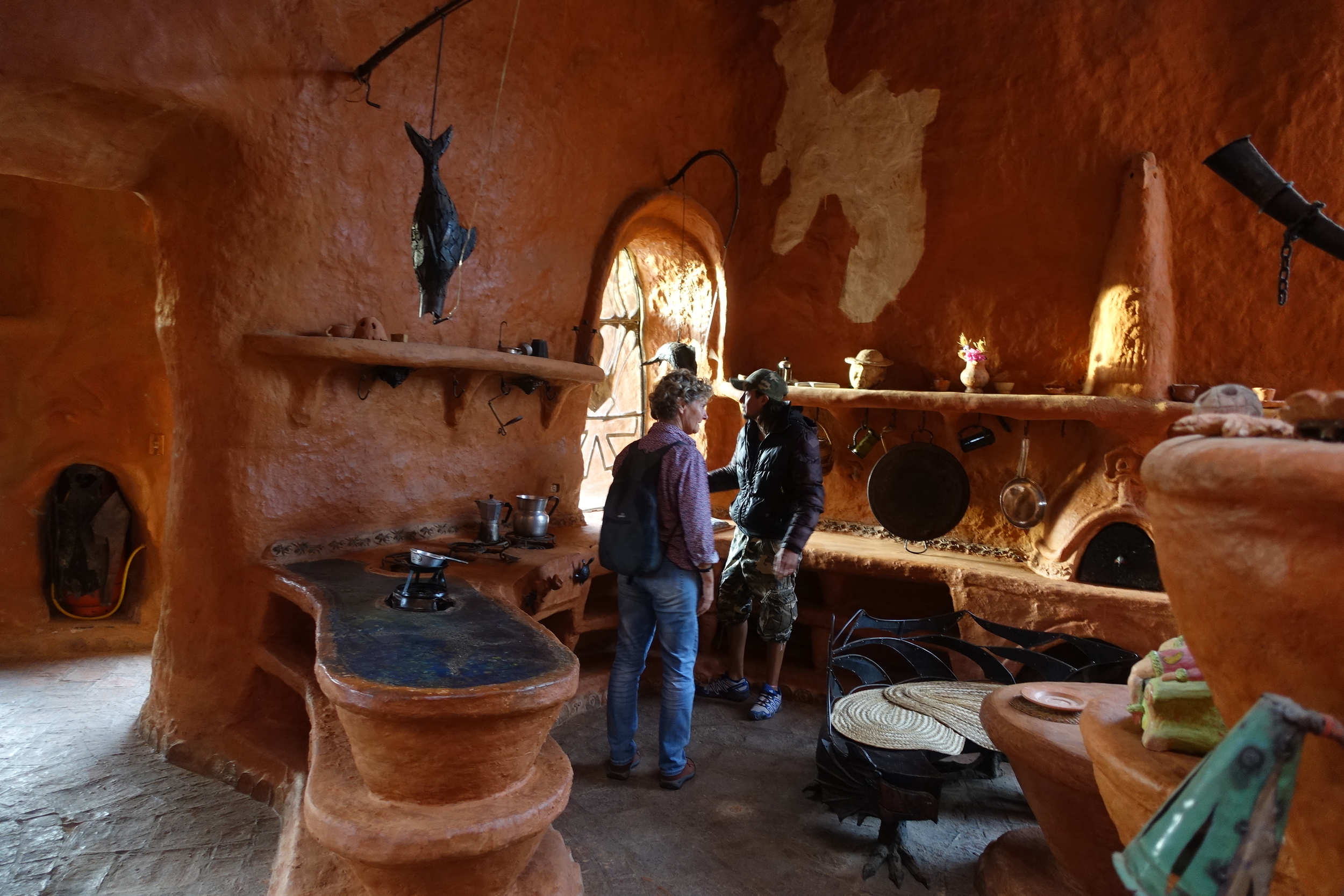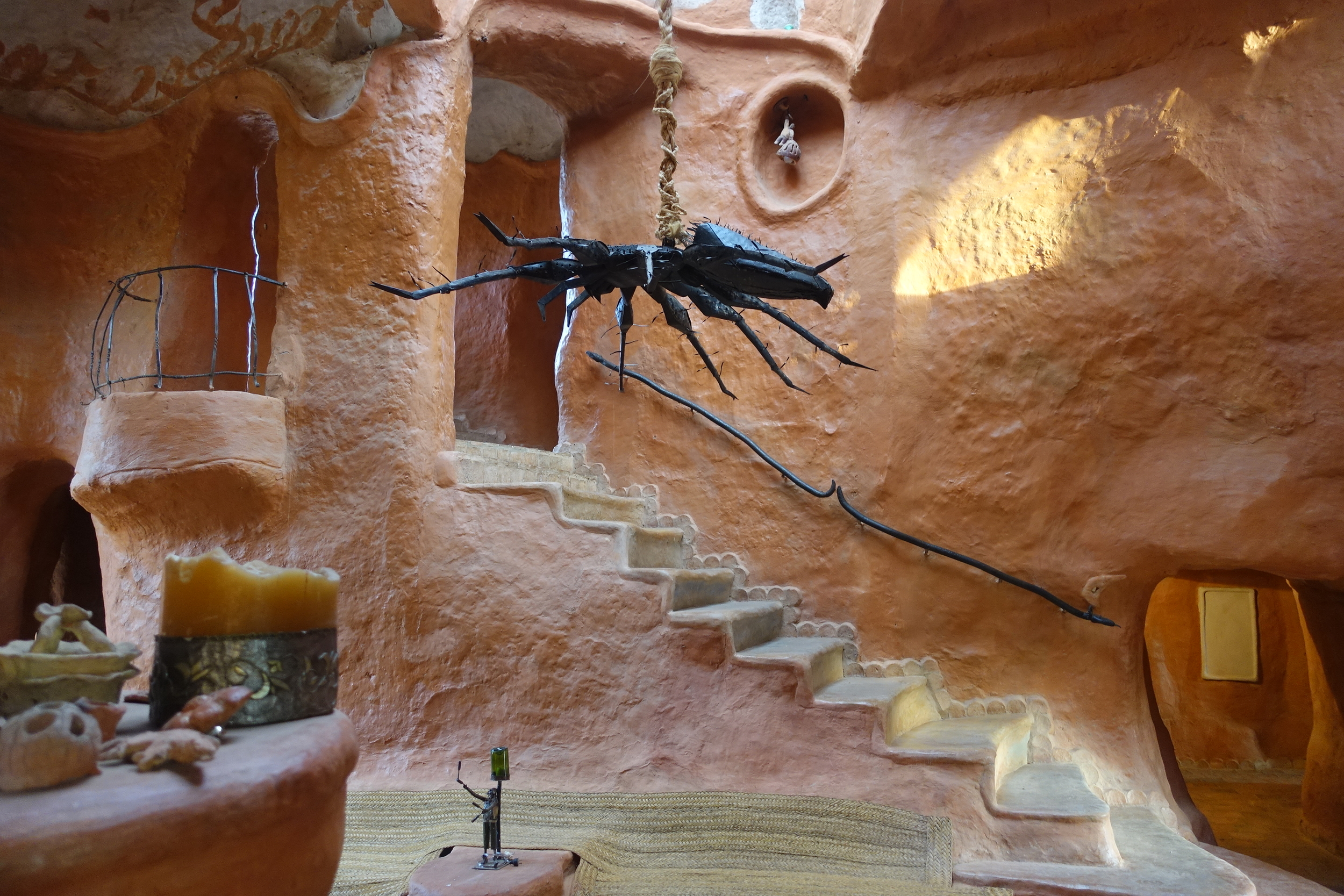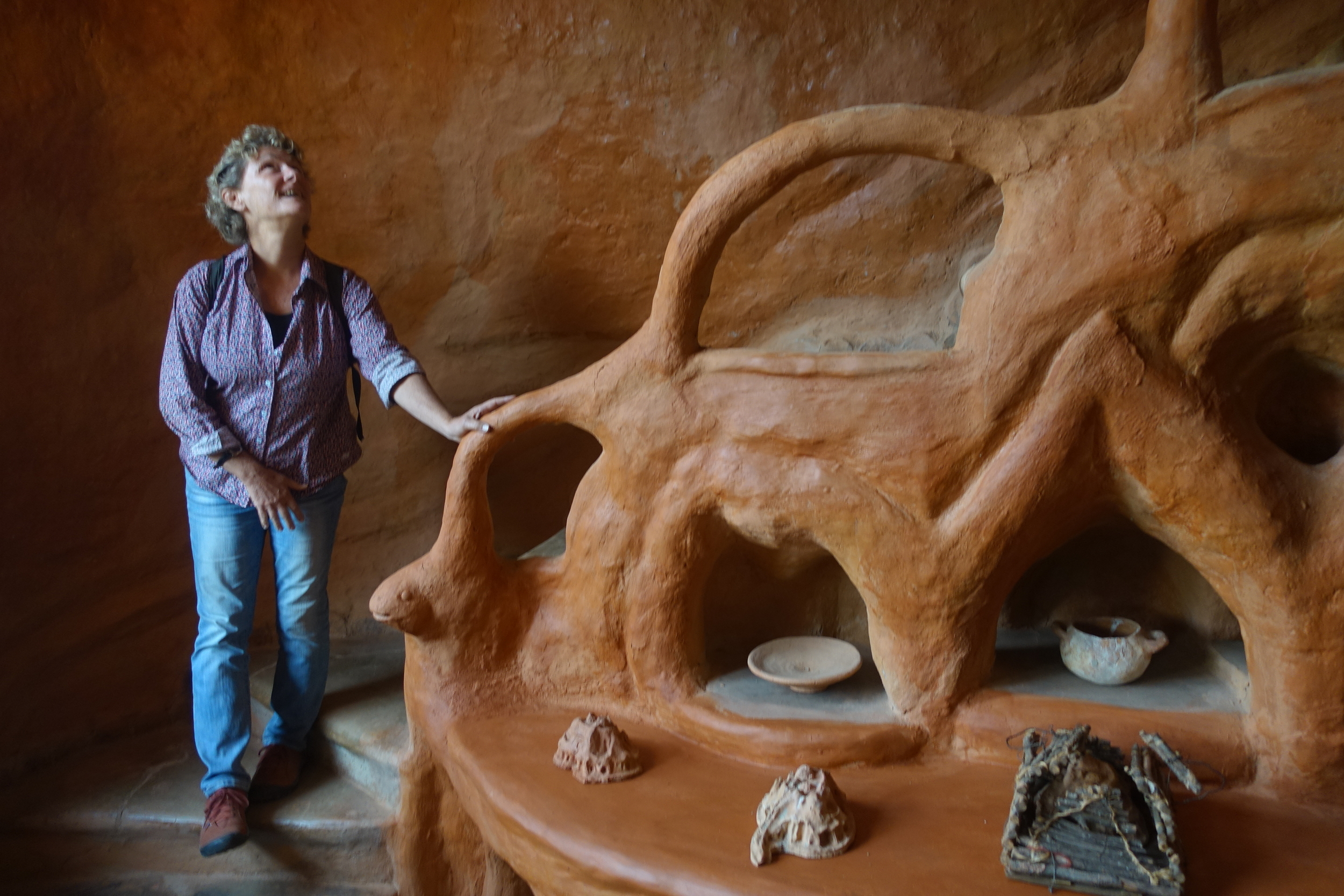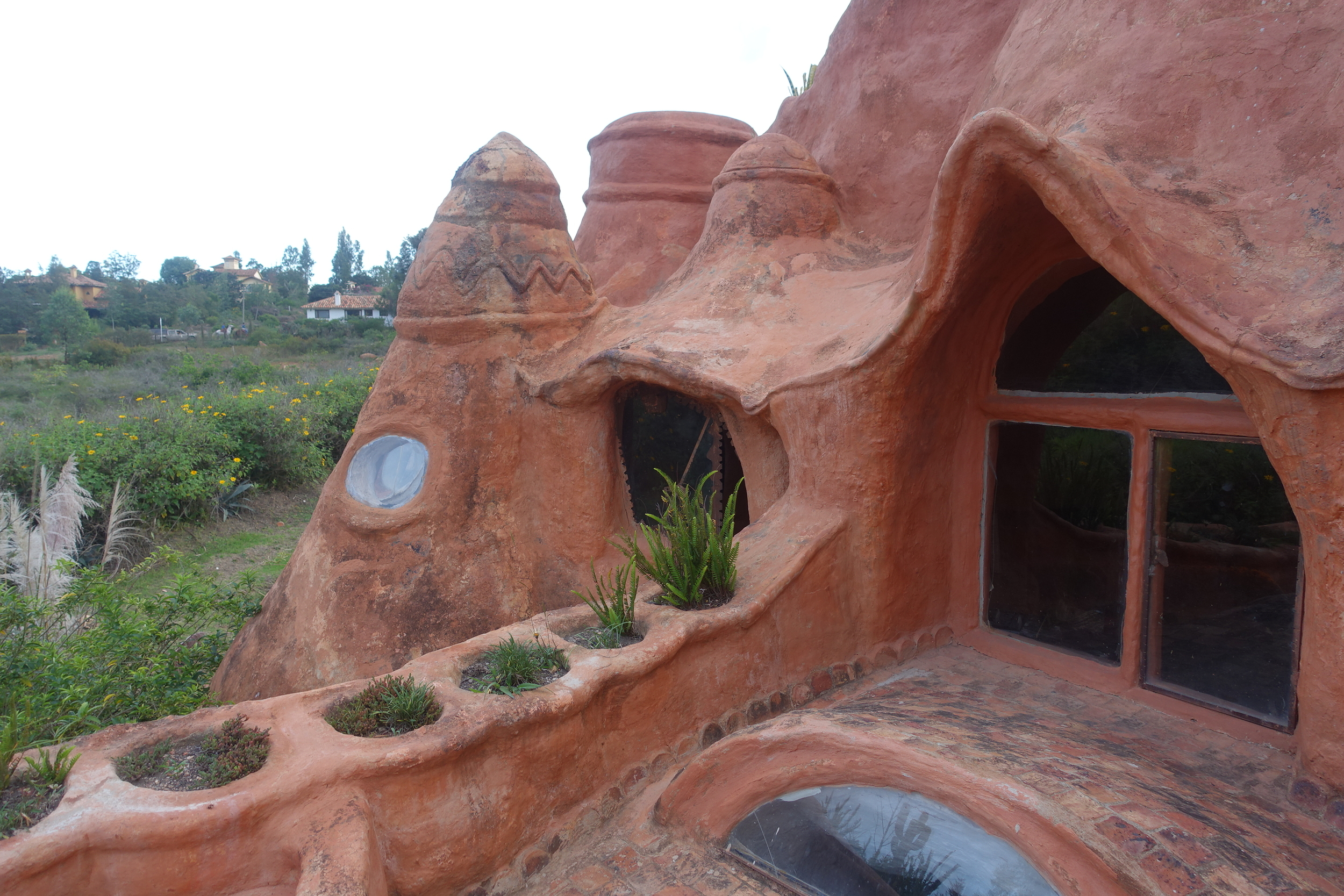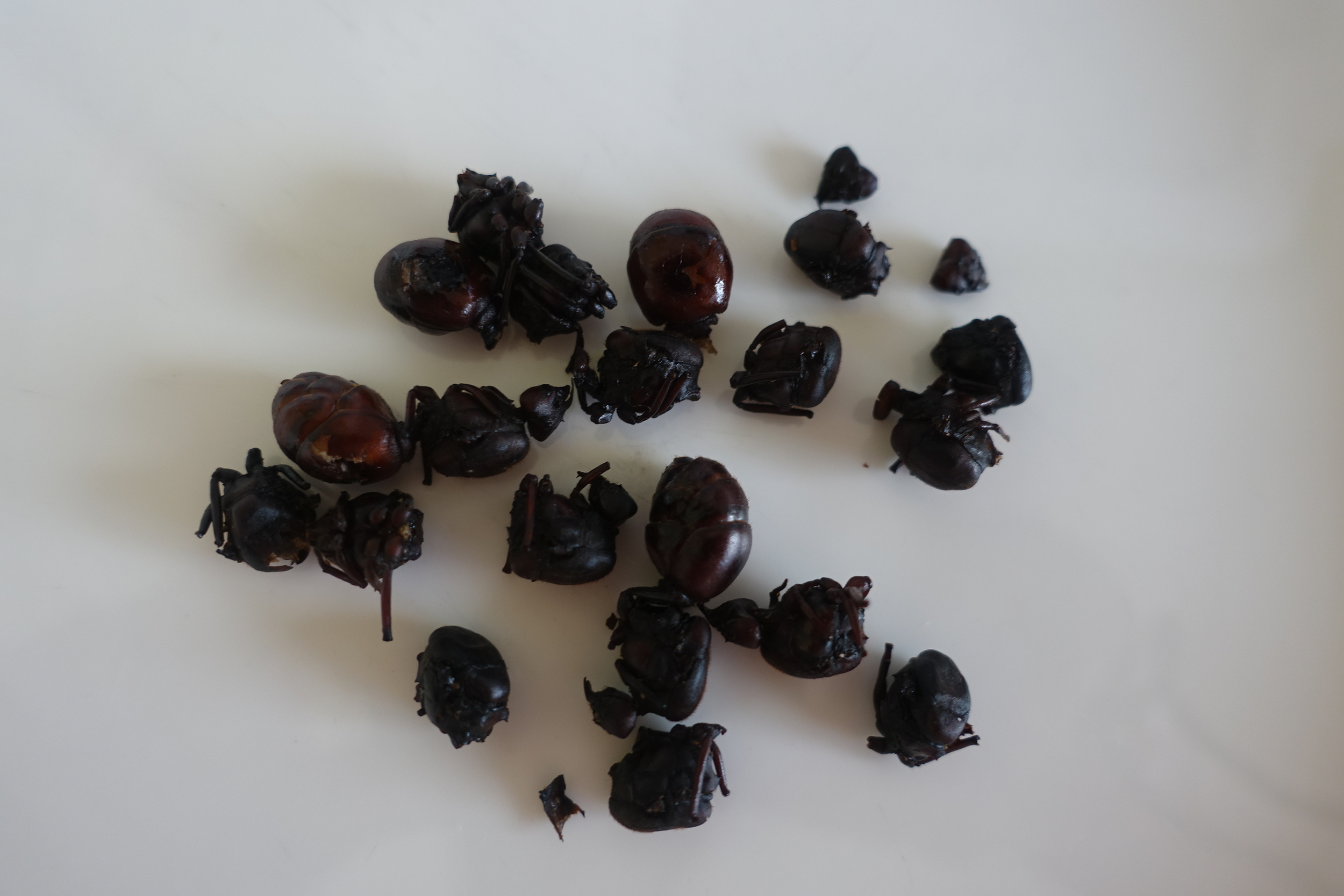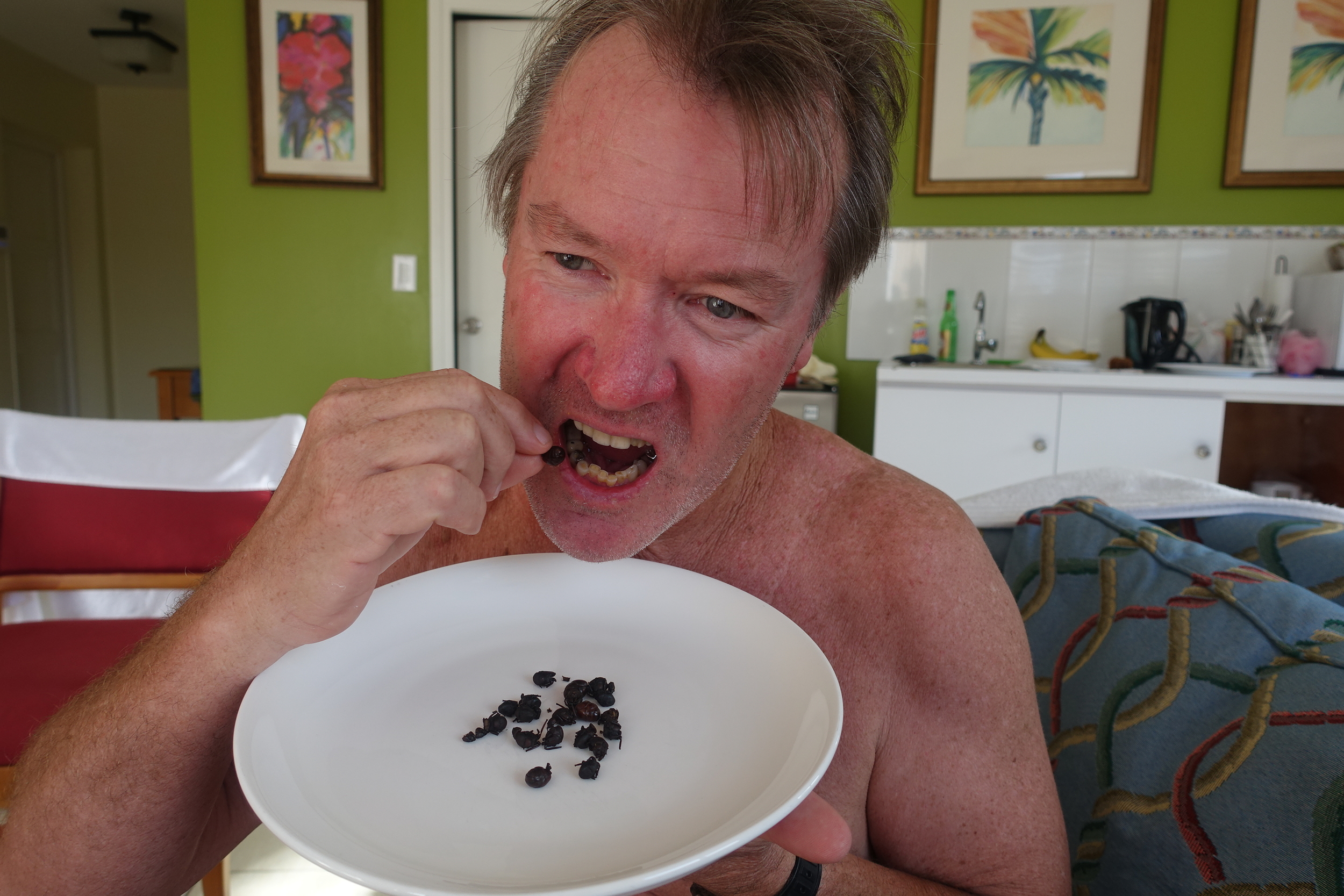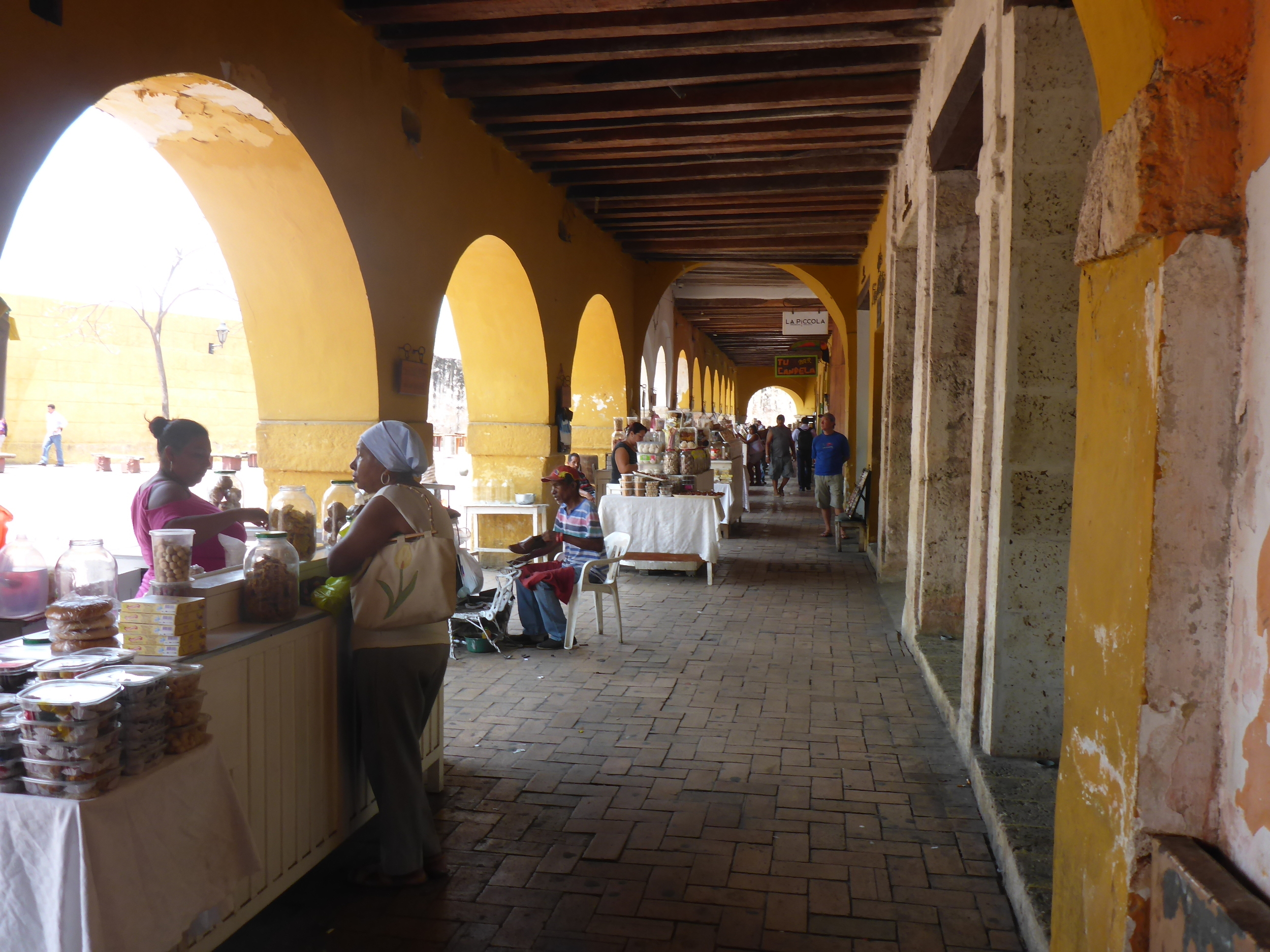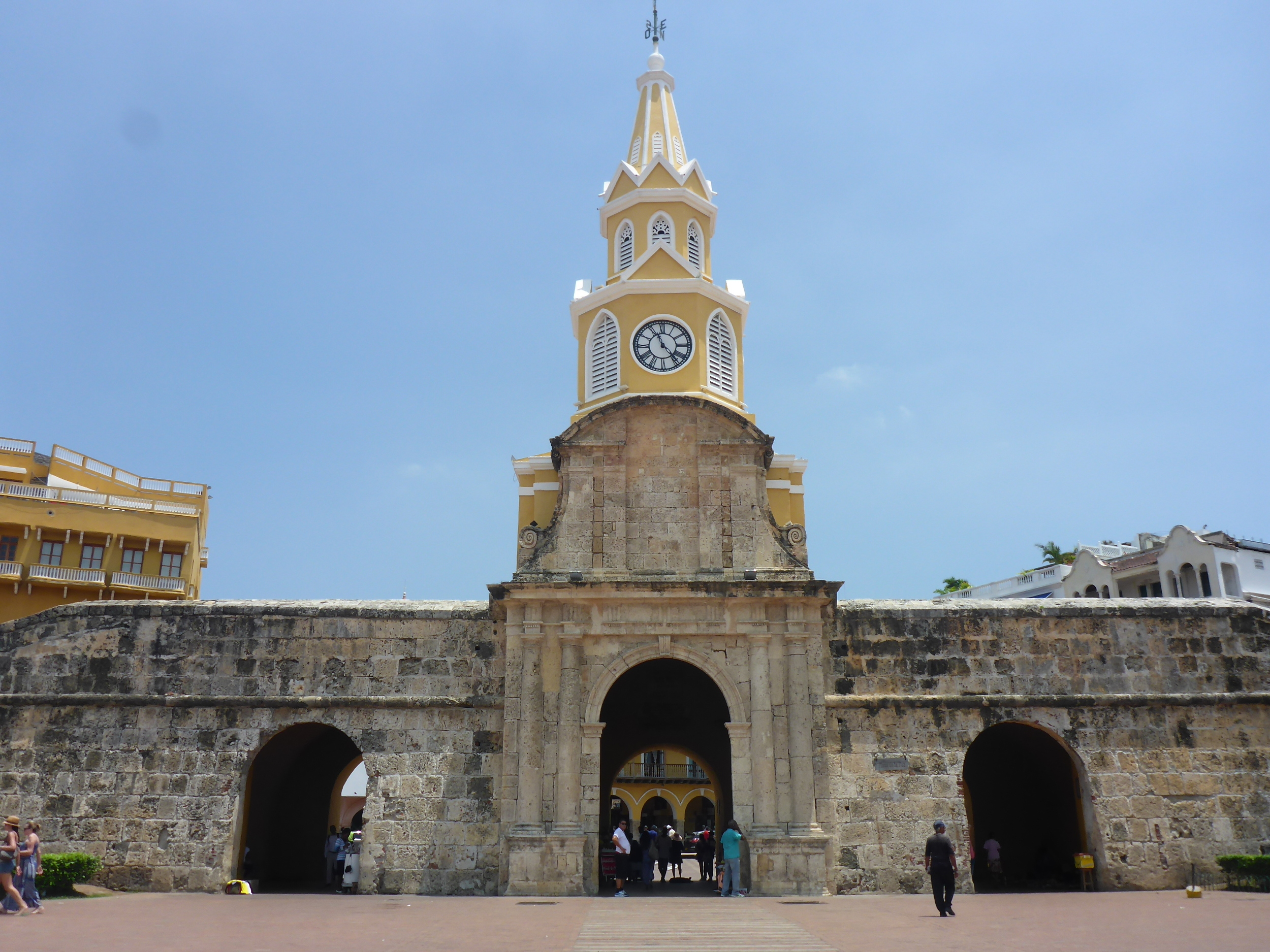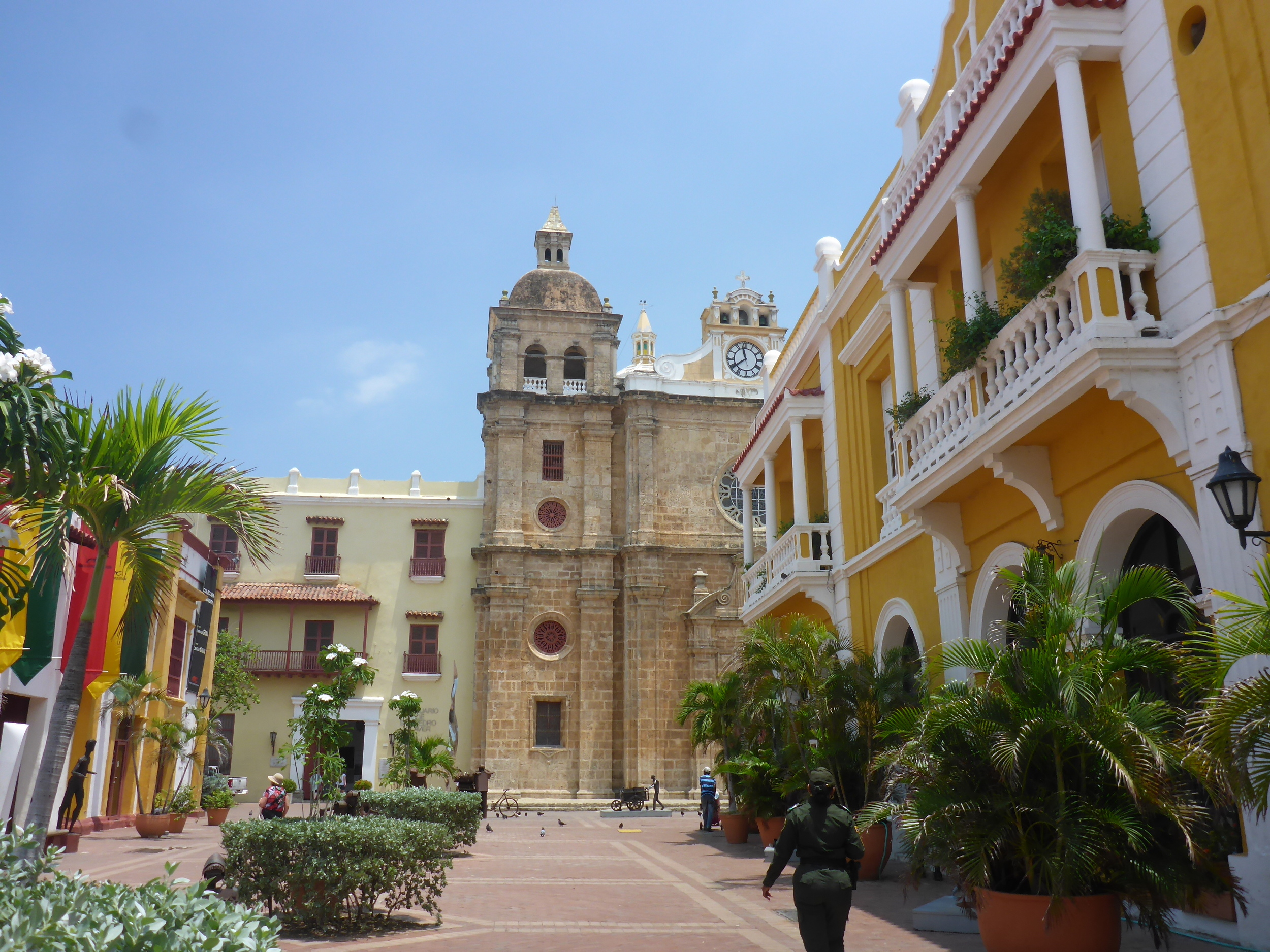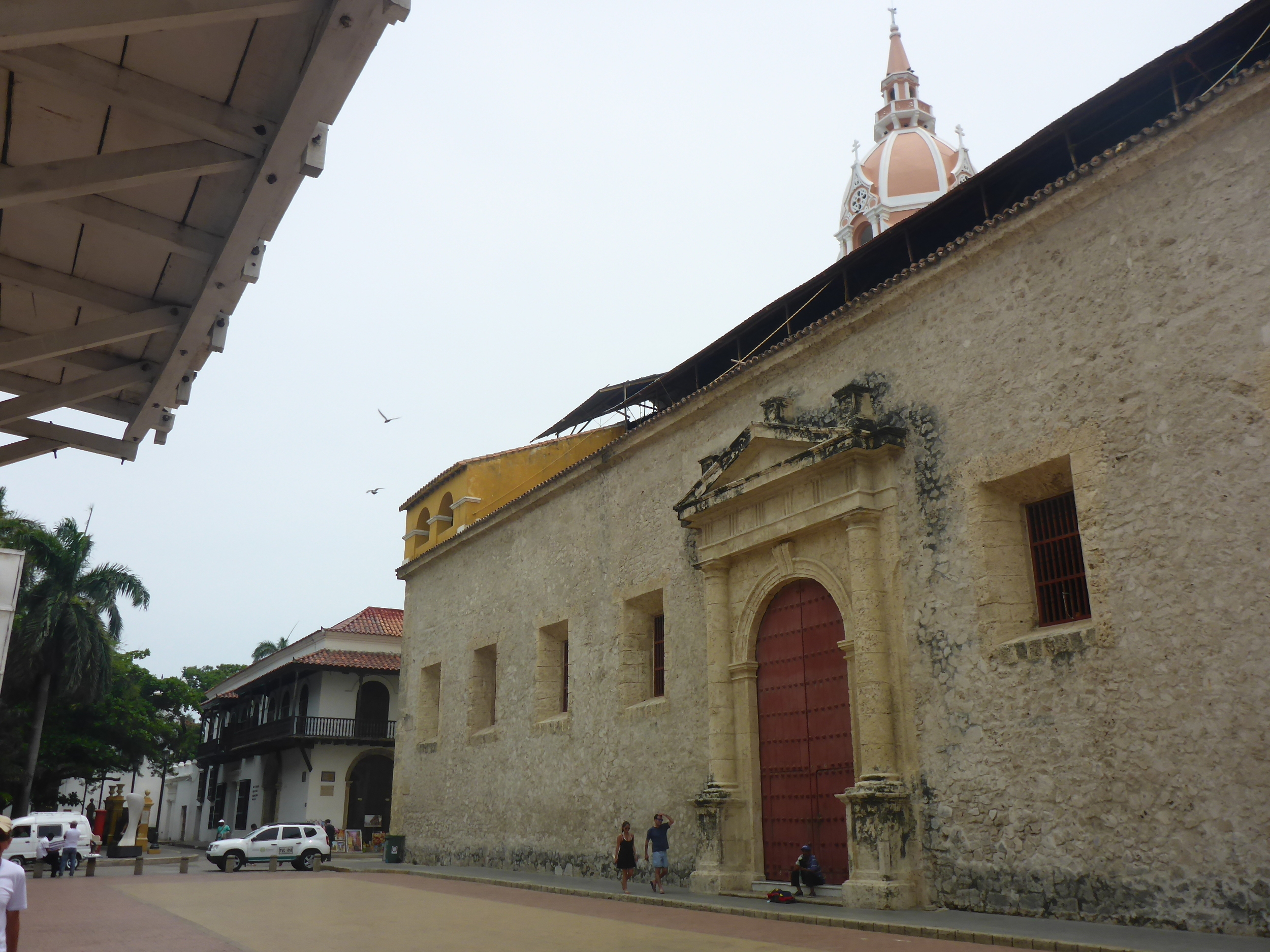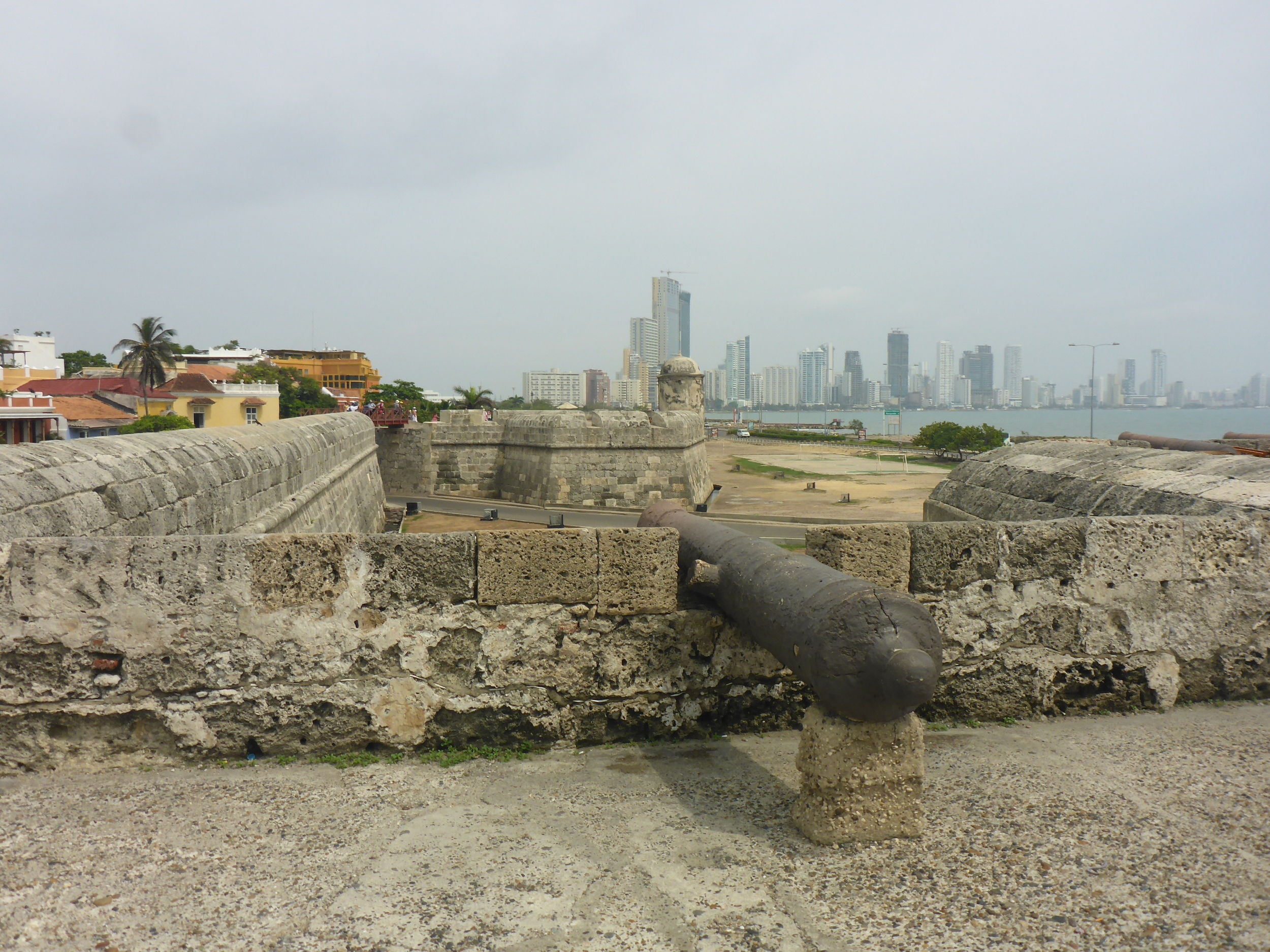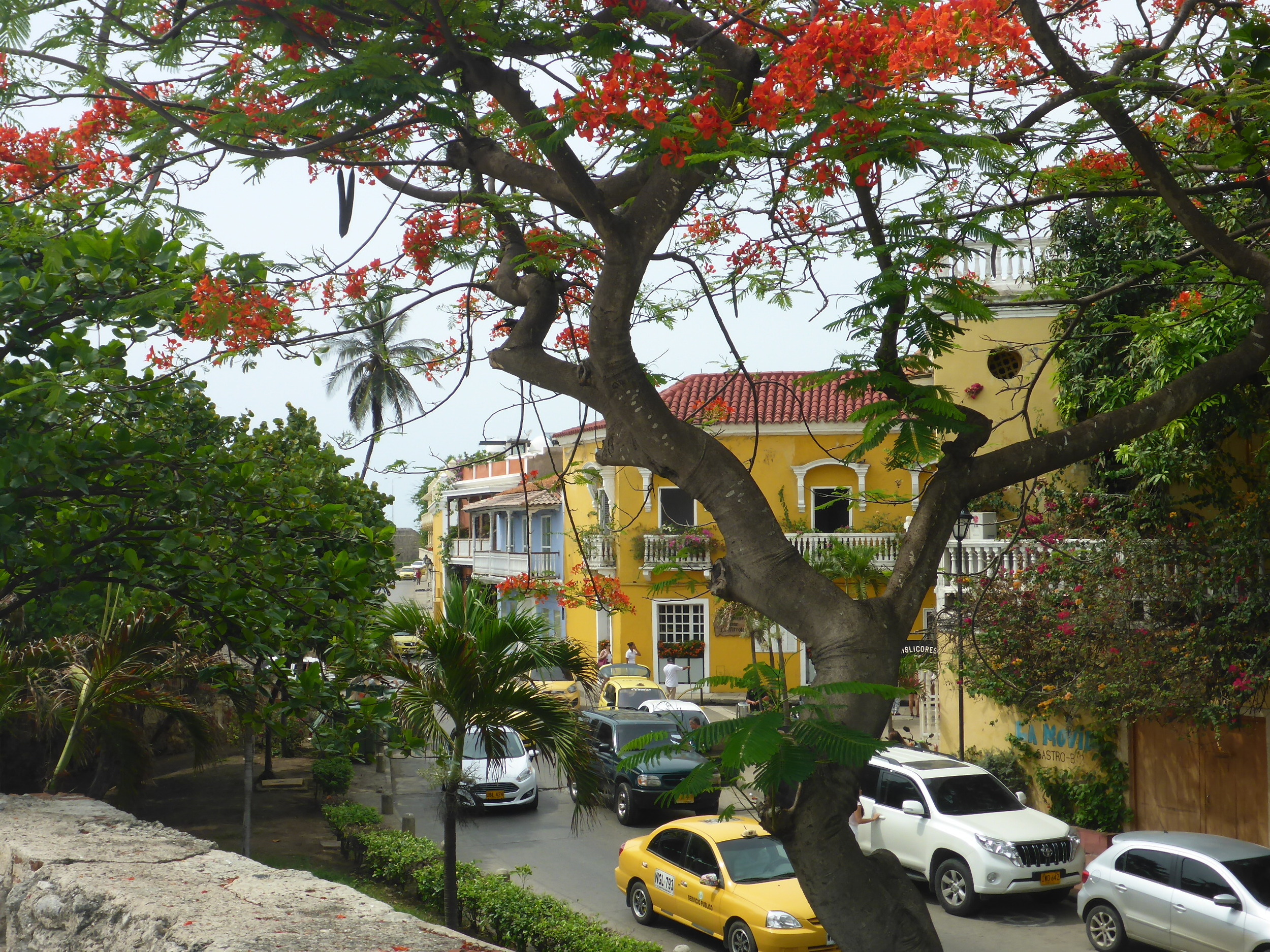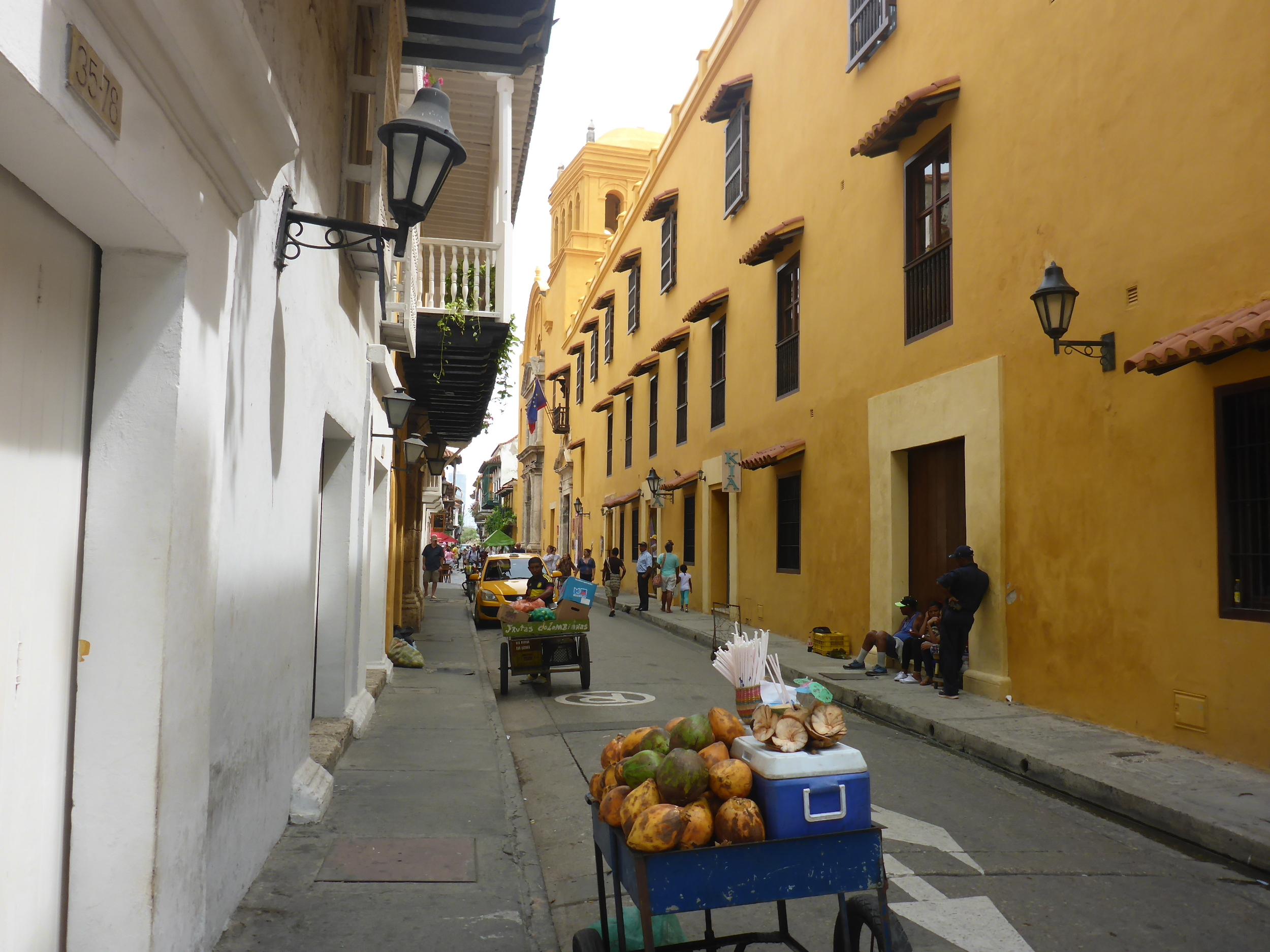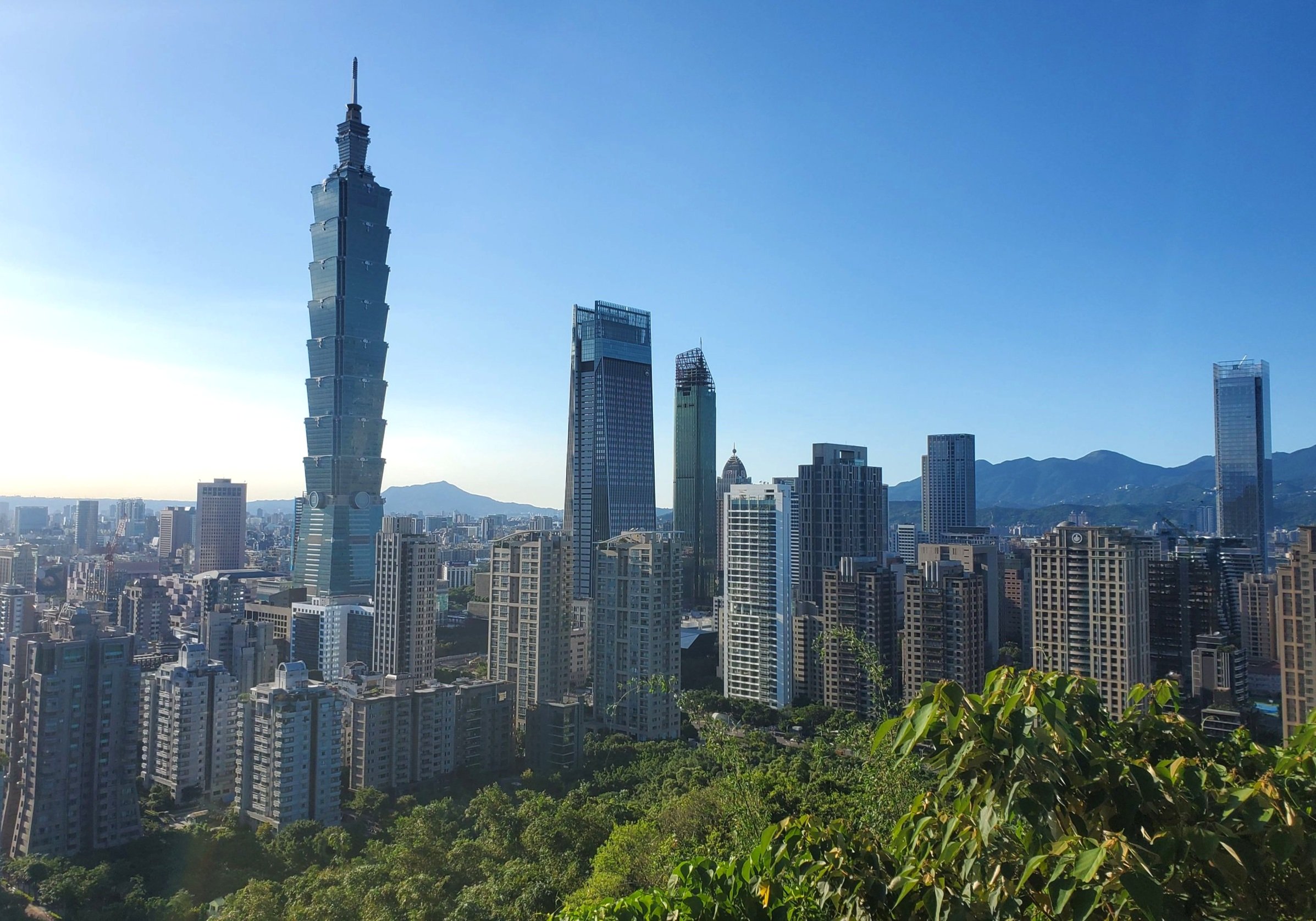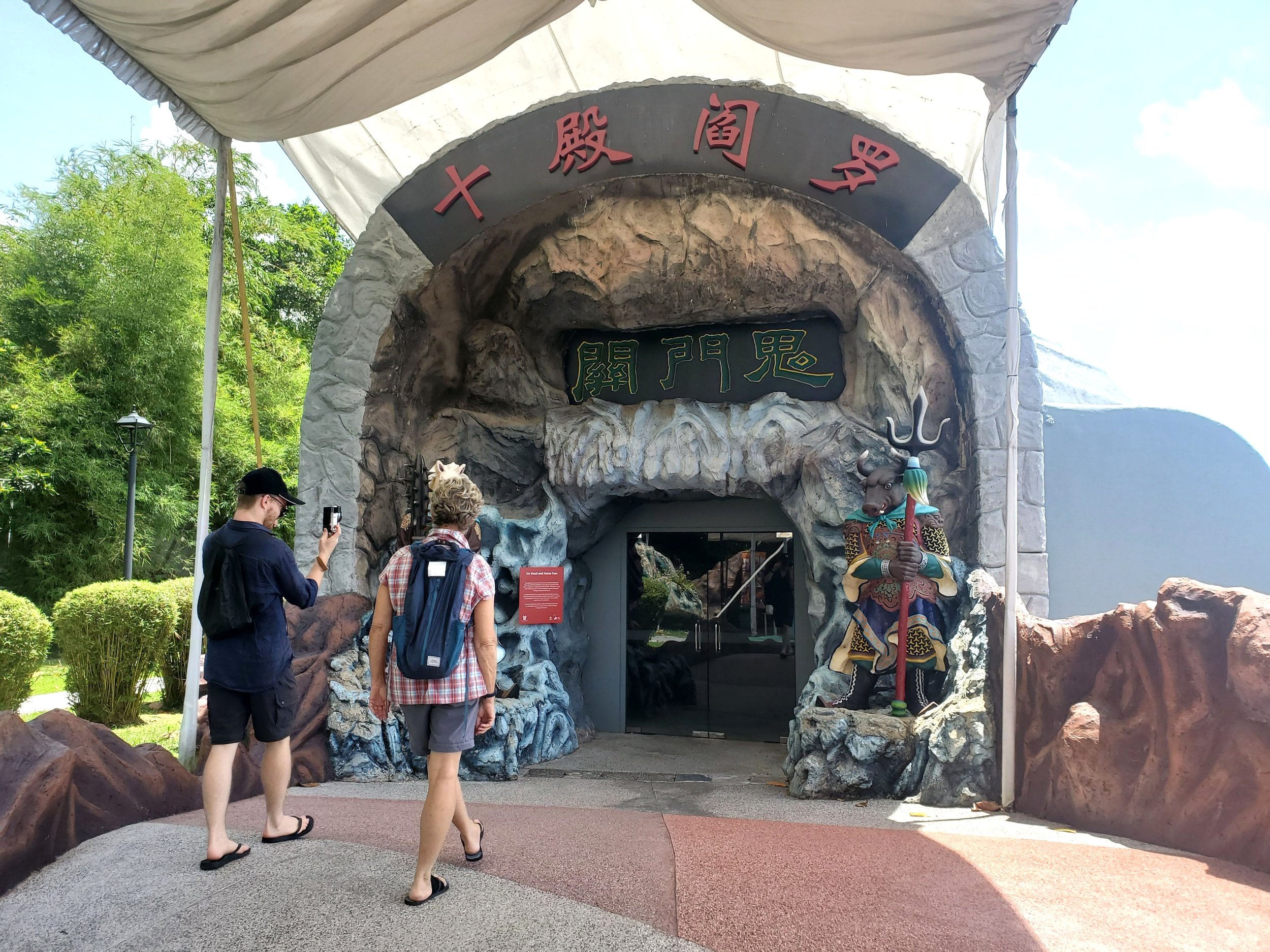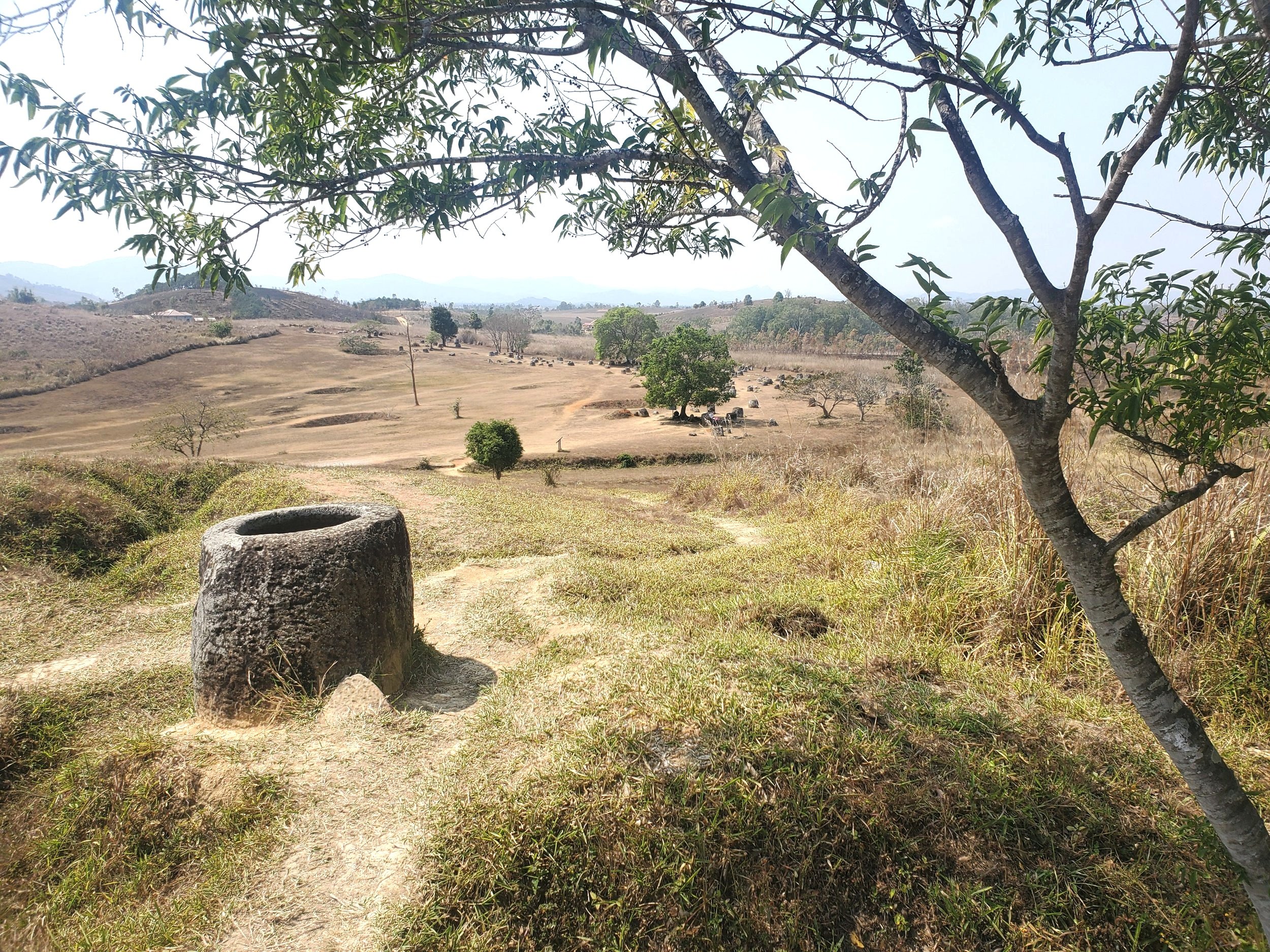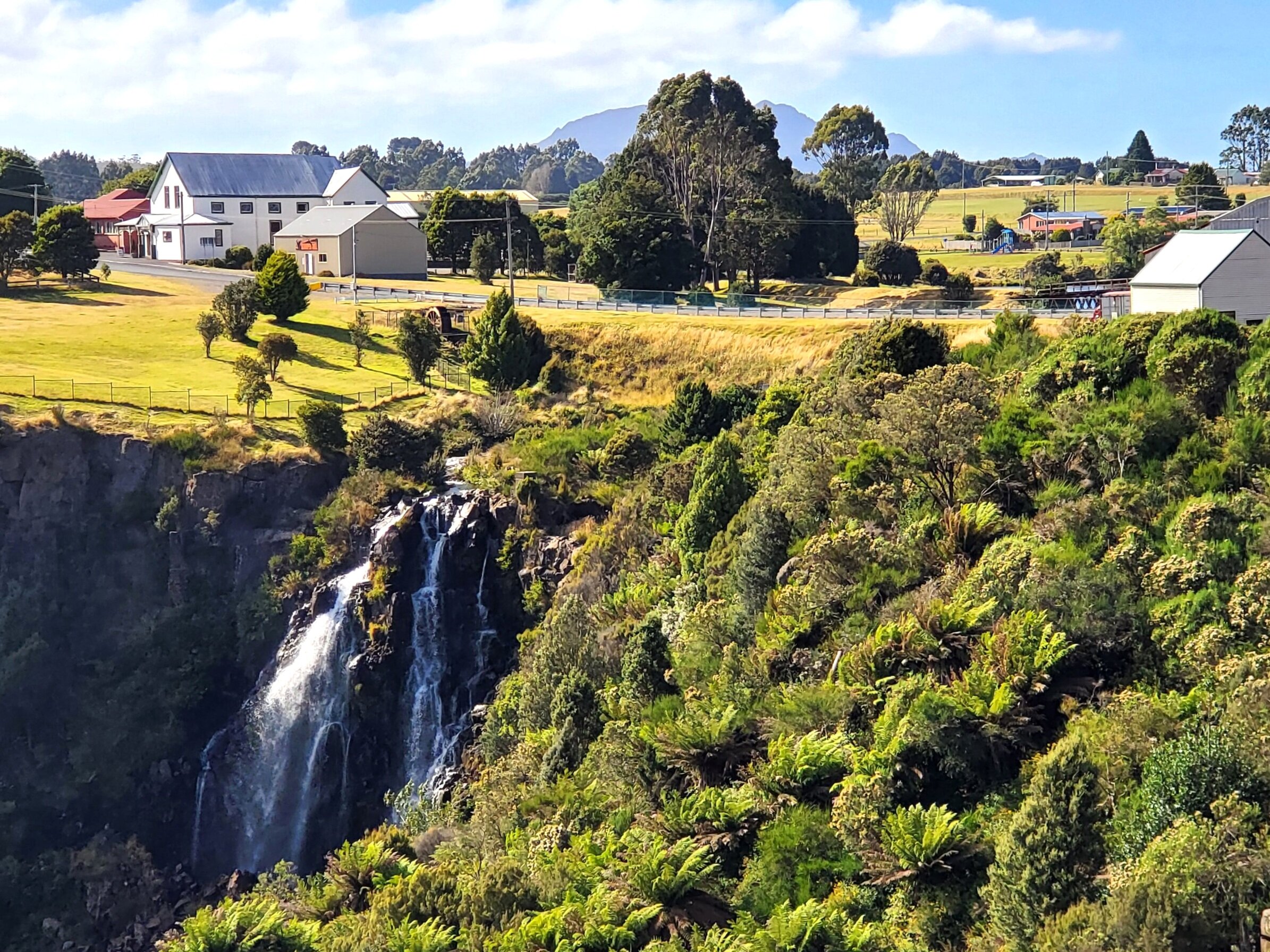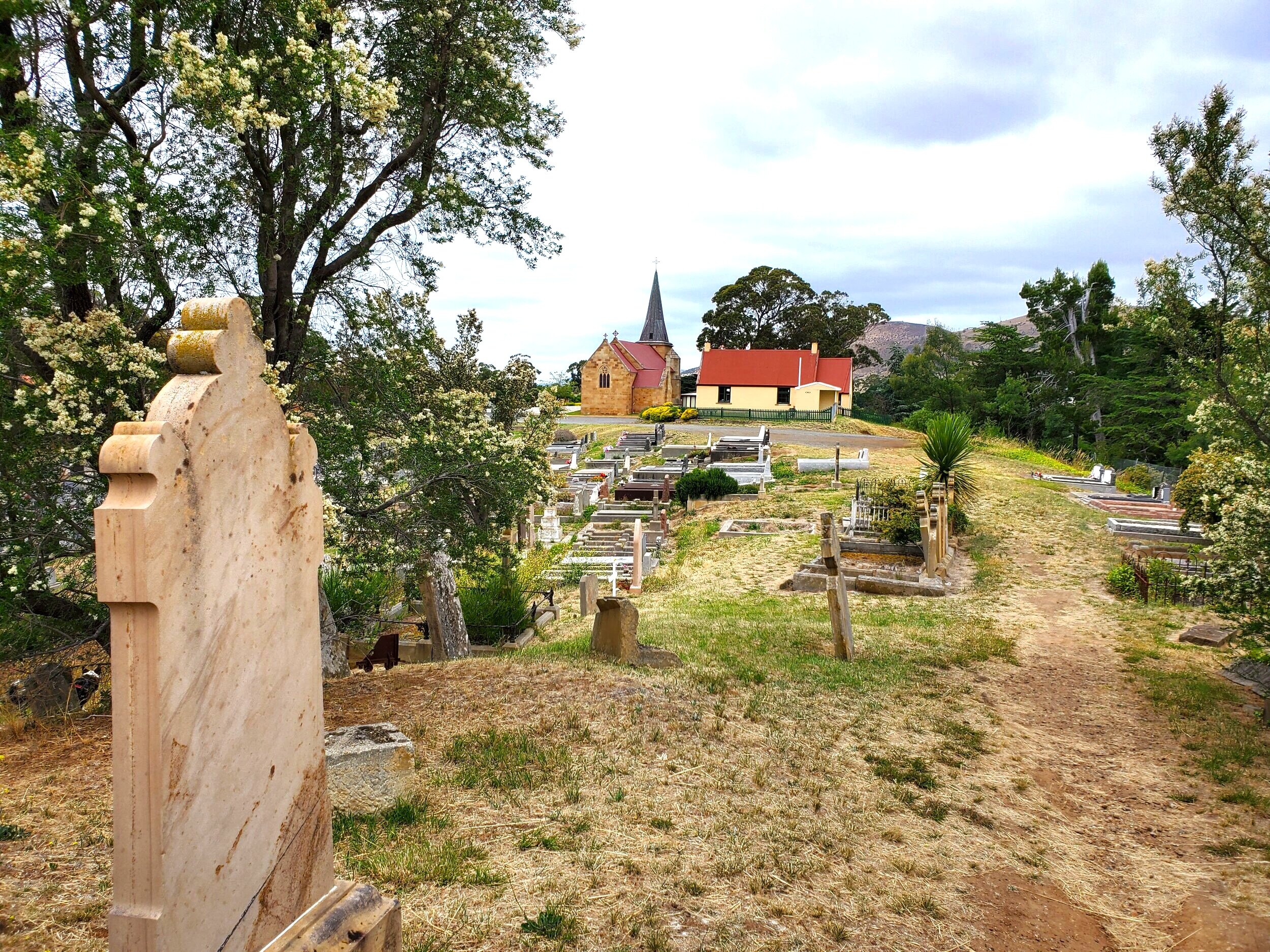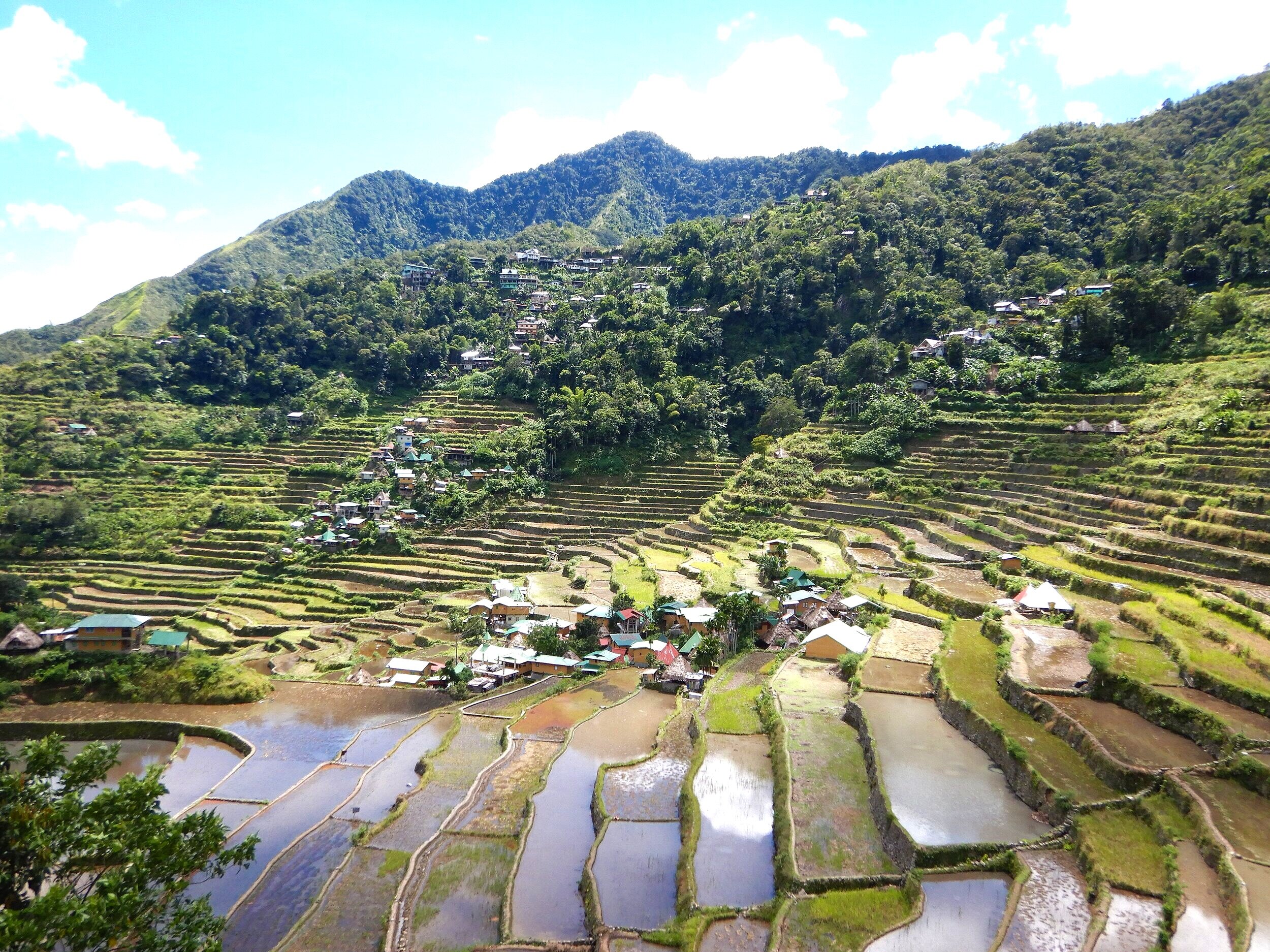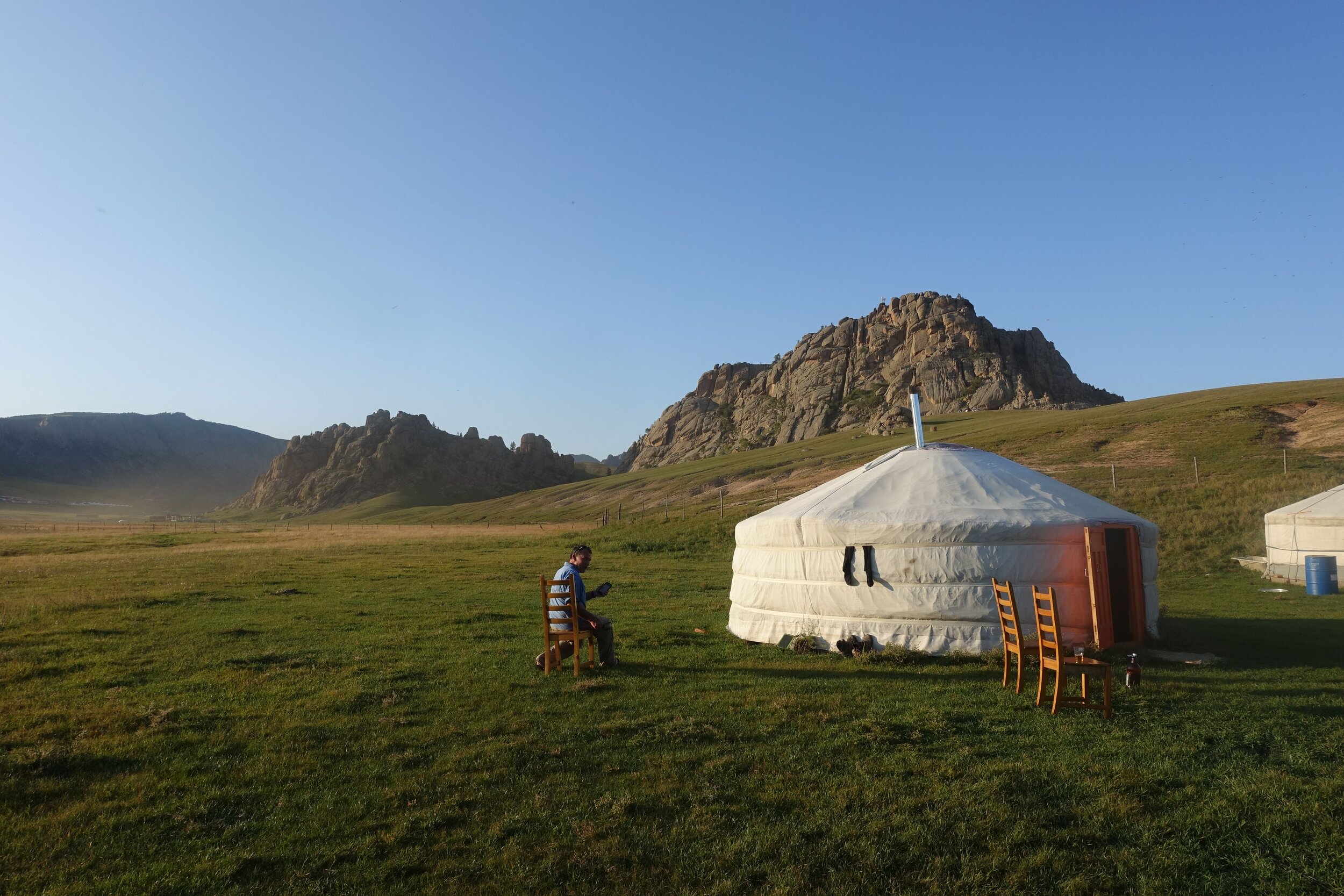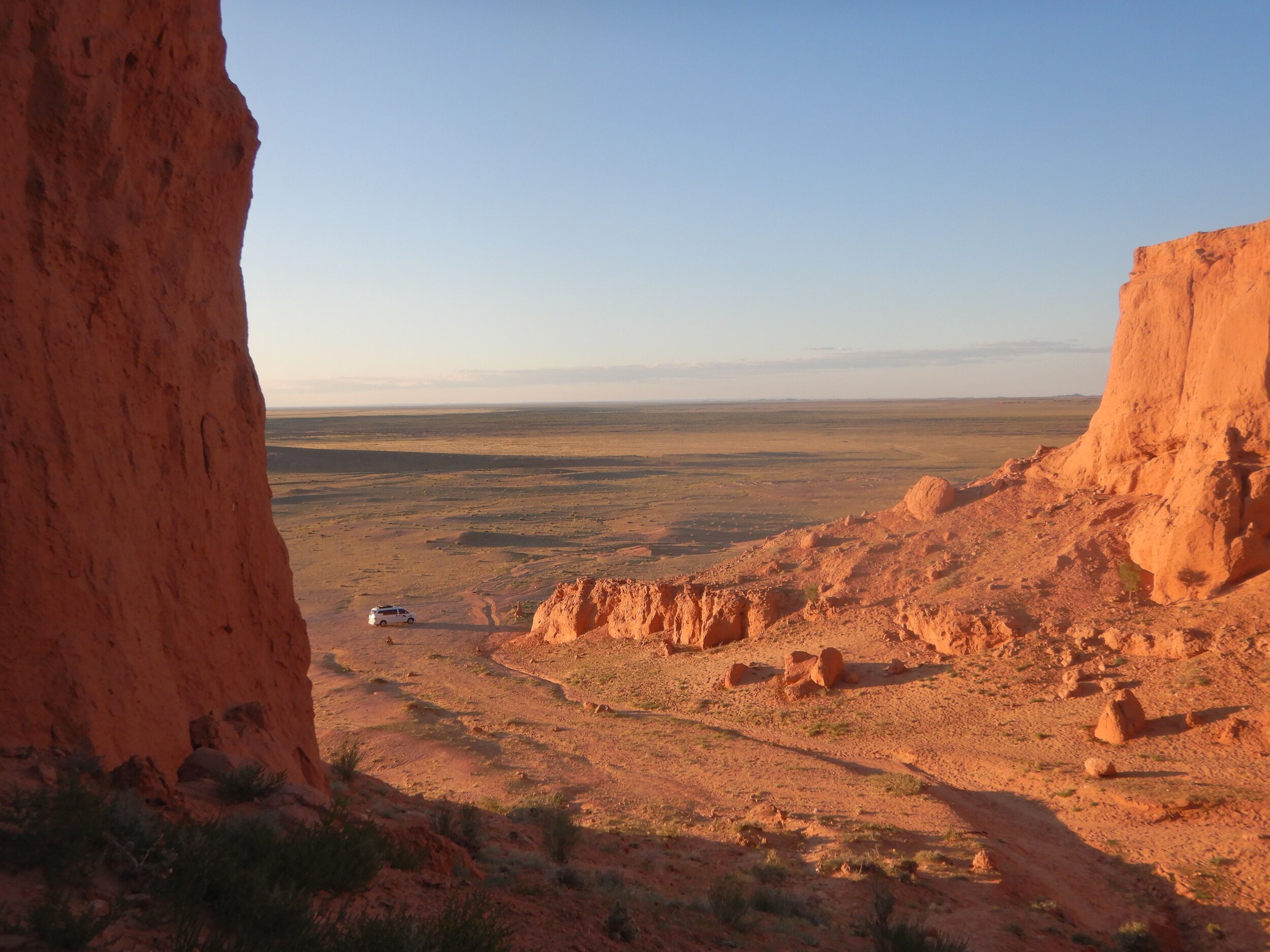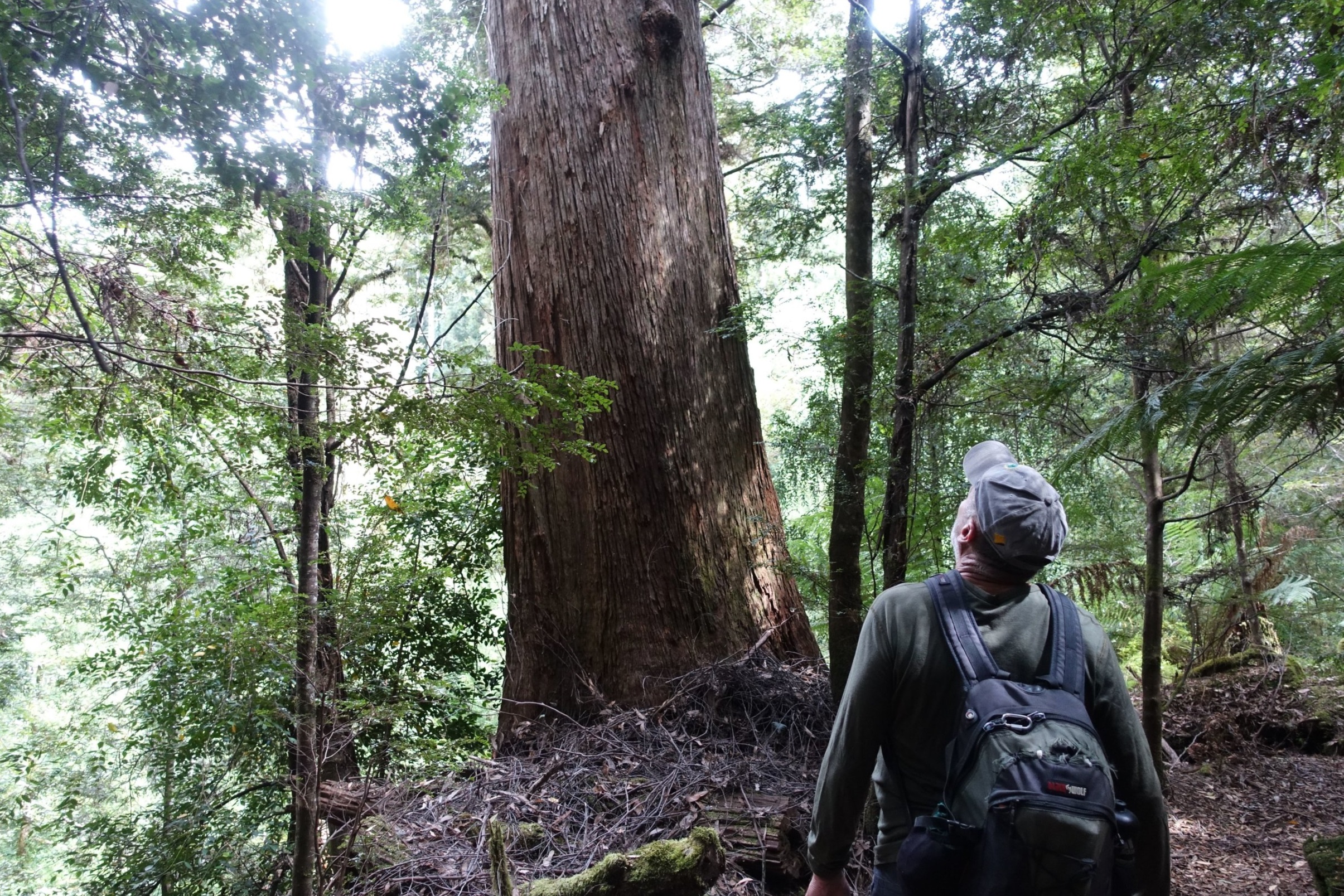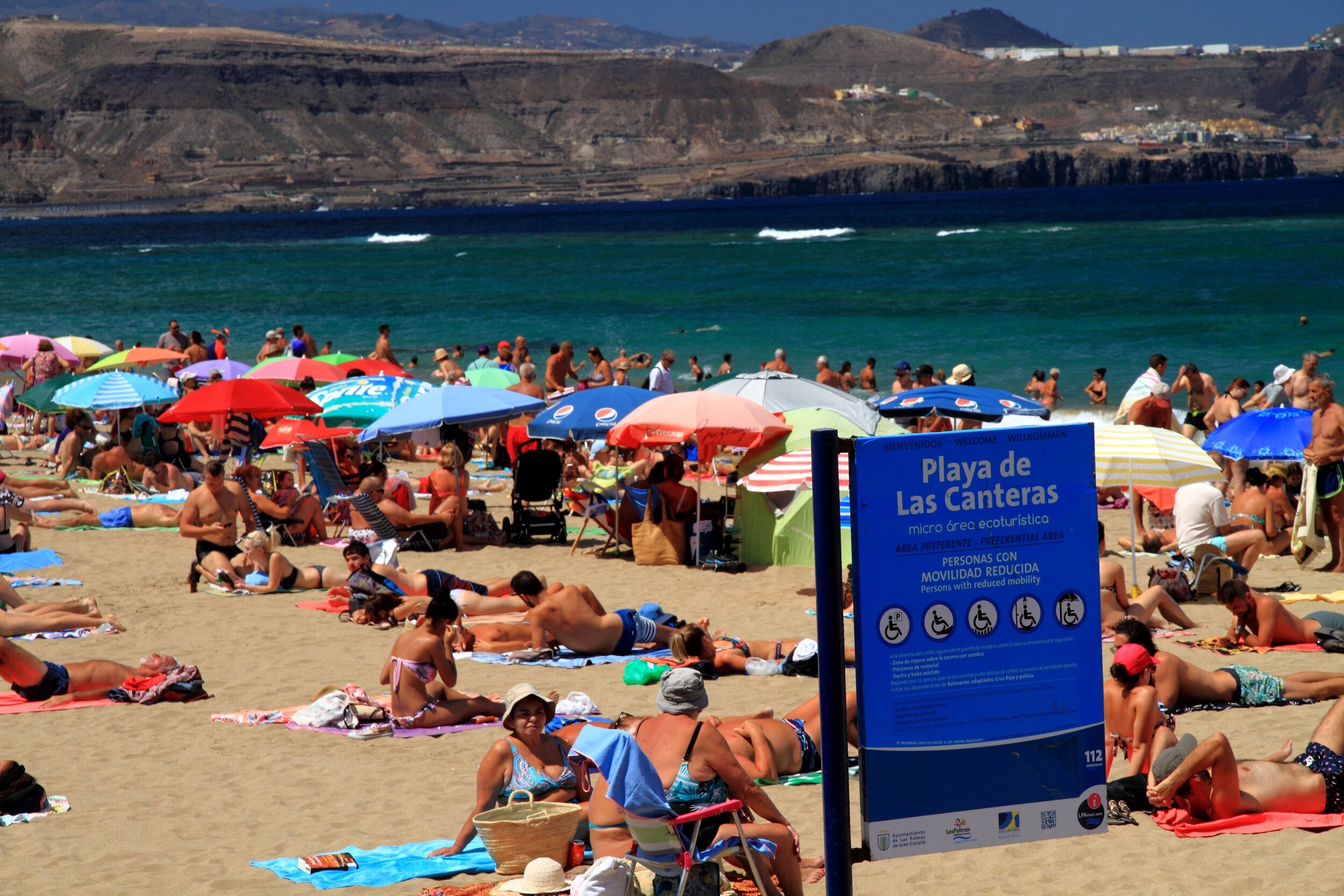A Taste of Colombia
/Museo de Oro (Museum of Gold), Bogota
Introduction
When considering a trip to Colombia we were mindful of the Australian Government's official advice to travellers on the Smartraveller website, which was essentially, with the exception of four major cities (Bogota, Cartagena and the Caribbean coast, Cali and Medellin) their advice was either ''Do not Travel” or 'Reconsider Your Need to Travel”. At the same time the traveller blogs and other sources such as Lonely Planet were talking up the travel possibilities in Colombia and referring to the positive security changes that had occurred in recent times.
[NB: Interestingly by the time this post was ready for publishing the Australian Government has put out a revised map for Colombia which contains greatly expanded areas where travel is considered safe as long as one exercises "a High Degree of Caution". [Click here to view the map]
We decided to go, but to take a fairly conservative, safe route. Our itinerary involved flying into Bogota from Quito (the land crossing between Ecuador and Colombia was one of the areas the government site was previously warning against) to stay several days in Bogota in the Historical Centre; then bus 3 – 4 hours north to Villa de Leyva, a reputed gem of Colombian colonial architecture; then bus again 4 – 5 hours to San Gil, Colombia's outdoor/adventure capital; a further 2.5 hour bus ride to Bucamaranga, a major city in the north of the country; and from there to fly to Cartagena on the Caribbean coast, Colombia's UNESCO listed city and number one tourist drawcard. In all two weeks in Colombia. Not a major exploration of the country, but a taste.
Bogota
the cathedral, plaza bolivar
As planned we arrived in Bogota for a 4 night visit. We landed late – after 10.00pm, so booked an airport hotel that provided a meeting service and shuttle. Next morning we taxied to La Candelaria, in the heart of the historical centre of Bogota.
la candelaria
Bogota has a reputation for being a bit dangerous, but the main problem area is the city's south. Candelaria is fairly central and articulates with the more affluent and commercially orientated north. In our few days in the city we found it safe and easy to get around. There is also a fairly noticeable police presence in the centre so those tourists who stick to the main sites should have no problems.
the historic streets of central bogota, la candelaria
While we did not do all that could be done in Bogota we would recommend the following places:
Museo de Oro (Gold Museum)
An amazing collection of Pre-Colombian gold pieces from all over South America. You can't help but be impressed by the skill of the the various cultures that created the works on display. Definitely a must.
Museo Botero
botero's mona lisa
Colombian artist and sculptor Fernando Botero has a unique ''chubby'' style for all his subjects.
cat
And it's not just the people, it's animals, buildings, fruit, whatever.
Despite various web searches we are still not clear as to ''why?'. And the museo doesn't really explain why either, but we loved his style.
THE BOTERO GALLERY ALSO FEATURES MANY GREAT MASTERS. hERE is a miro beside a Picasso.
Plaza Bolivar
The central plaza with the Catedral, parliament, law courts, and a legion of pigeons. The pigeon population doesn't quite rival San Marco Square in Venice, but they're giving it a red hot crack.
Museo Historico Policia
The Police Museum is free and interesting. We had an English speaking guide to ourselves for an hour and a half.
the police museum - a popular spot for a school excursion it would seem.
They are very big on how they ended the stranglehold of the drug lords, particularly the ''neutralising” (aka killing) of the infamous Pablo Escobar.
apparently pablo escobar hid a lot of his papers and stash in this desk with secret draws
If you get the chance go up to the museum's roof as there are great views of Bogota from there.
view from the police museum roof
Iglesia de San Francisco
The oldest church in Bogota, founded 1556.
Cerro de Monserrate
montserrate cable car
If the day is clear the views can be stunning from the top of Cerro de Monserrate. It is accessed by either a cable car or funicular, depending on which is running at the time. There's a church, souvenir market and various restaurants and cafes on top.
bogota from montserrate
Tap dancing busker in Bogota
Villa de Leyva
villa de leyva, central plaza
Villa de Leyva is a gem of a colonial town, first founded in 1572. It has South America's largest central square. The town is virtually all built in an identical style, even the new buildings, to maintain it's character.
Villa de Leyva
There are many hotels and restaurants. It is very much a tourist town and felt very safe to walk around, even quite late at night. It was a long weekend when we were there (Mother's day/Dia del Madre and the Ascension) so the town was full of tourists from Bogota. And while we saw a few gringo tourists, by far the majority were local Colombianos.
Convent
We were lucky enough to be there for the Saturday market.
Villa de Leyva Saturday Market, including Donkey Parking Area
typical colonial style of architecture
We also took a half day tour (4 hours) as there were a number of attractions out of town that we wanted to see.
Displays of fossils found in the region around villa de leyva
We visited the Museo Paleontologico which was excellent.
convento del santo ecce homo
Also a convent – Convento del Santo Ecce Homo founded in 1620.
The floor at the entrance of the convent was made by local craftsmen of stone full of fossils - something of a clash of creation theories. The convent also has Christ crucified on a fossil encrusted pedestal.
Stone monoliths of estacion astronomica
The Estacion Astronomica Muisca, a site believed to be around 2,000 years old, that the indigenous Muisca people used to calculate the seasons with a series of stone monoliths.
casa terracotta
And the amazing Casa Terracotta, a house built by Colombian architect Octavio Mendoza over a period of 15 years. He created the house from clay sourced from the site. It was all fired to create a functioning house made entirely of terracotta. The style has been likened to Gaudi of La Sagrada Familia in Barcelona and other buildings. We'd never heard of this before but it was a real highlight of Villa de Leyva. Don't miss it.
Xploravilladeleyva
We packed all this into 4 hours and it was a fascinating afternoon. We used Alejandro and his company Xploravilladeleyva. He speaks good English and is an excellent guide. We paid 45,000 Colombian pesos each, about $US20/$AUS25 each. Great value. Definitely recommended. Best contact xploravilladeleyva@gmail.com
Our other recommendation for Villa de Leyva is La Ricotta Restaurant. We ate there twice and delicious food both times. Click on the bold text if you want more info.
San Gil
san gil evening
San Gil is known as the action/adventure capital of Colombia: white water rafting, horse riding, mountain biking, paragliding and more. It's a manageable sized town of around 45,000. It's also a lot lower elevation than both Bogota and Villa de Leyva so is a lot warmer.
We arrived feeling a little lethargic having had very full days for some weeks, so the adrenalin pursuits were not on our agenda. We decided to use San Gil as the chance to rest up a little.
The one day trip we did was to Cascadas de Juan Curi, a series of three waterfalls 22kms from San Gil.
lower falls
Some of the reviews we'd read put us off a bit before we visited. Sure the road is currently a disaster of roadworks but the falls were good - worth the effort.
a relaxing walk to the falls
The walk to the falls was interesting and we saw several lines of leafcutter ants which was a real treat.
leafcutter ants
The falls were gushing impressively as it had rained a lot the night before. A couple of girls were abseiling down the falls at the time which was exciting to watch.
abseilers coming down the falls
Lots of tourists but it was a public holiday. Very slippery track in so wear sensible shoes.
Other highlights from our brief, restful stay in San Gil were: Gringo Mike's (great burgers and other gringo food); our modest hotel Hostal Isla Senorial (friendly, comfortable, close to town and $US35/$AUS40 per night) and to taste the local delicacy – hormigas culonas (fried and roasted ants). Crunchy, salty, and a bit anty – I don't think they'll catch on at home.
Anyone for an ant? Where's Bear Grylls when you need him?
Cartagena
Cartagena, historico centro street scene
Cartagena is the star of the Colombian tourist industry. The historical centre is a UNESCO World Heritage site. The Spanish founding of the city was in 1533. An extensive set of walls was built around the city along with, what became, the largest and most impregnable fort in Latin America the Castillo de San Felipe de Barajas.
castillo de san felipe de barajas
We spent several days wandering the streets of the Centro Historico. The impressiveness of the old city is best illustrated in pictures rather than words.
We also took the Cartagena hop on hop off bus one afternoon. The circuit takes around 1.5 hours and cruises through both the old and newer, upmarket parts of the city.
You can get on and off as often as you like over a 24 hour period, So, if you start at 3.00pm one afternoon you have until 3.00pm the next day (NB: it runs from around 9.000am to 7.00pm daily). The one draw back is that it only comes by once every 1.5 hours, so choose your getting off stops wisely.
Islas Rosario
playa blanca
One of the other major attractions in Cartagena is a trip to the nearby archipelago of islands known as Islas Rosarios. We decided to have our first taste of a Caribbean beach by doing a day trip to what was billed as 'Isla del Rosario – trip to the islands in a rapid boat” among other things.
playa blanca
We bussed from Cartagena to Baru (1 hour) and a reasonably pleasant beach (Playa Blanca). Most tourists elected to stay there for the day. We were part of a small group that had added the boat trip to our itinerary. We (about a dozen of us) sat in the speed boat for 20+ minutes in the heat while the boat operators harassed people on the beach into joining us to fill the 2 remaining seats. Finally we left.
crammed in on the way to the islands
It was about a one hour trip to a small island 90% of which was an oceanarium flogging a dolphin show. The island was tiny. When we and the other unfortunates asked where the beach was we were directed to a tiny section of sand (max 5 metres across) with knee deep water.
the pocket sized beach
Lots of boats arrived and most people, to their credit, were not interested in seeing dolphins humiliated. So, we all mooched around the tiny beach and a couple of bars/refresco stands for the hour that we were trapped there before our boat returned to the mainland. The only toilet was inside the oceanarium.
On our way back we stopped at another island where we took on 8 backpackers and their gear. It took ages to pack everyone on, and the boat was now uncomfortably crowded and sat very low in the water. Clearly the operators were far more interested in making a buck (well, Colombian pesos) than in the comfort of their tourists or the quality of their service. They already had our money so couldn't give a toss. Eventually, back at Baru, we had a passable lunch and then a couple of hours on the beach before returning to Cartagena.
on the way back to playa blanca
We probably would have been better off going to one of the beaches on Bocagrande near to the Historic Centro. The company we booked with was Opitours.
There are probably good trips to Isla Rosario. Ours was not one of them. Check carefully before booking.
canon - castillo de san felipe
Notwithstanding the disappointment with the boat trip, Cartagena was an absolute highlight of both Colombia and our 4+months in South America. Highly recommended if you like history, colonial architecture with a Latin/Caribbean vibe.
But be warned, it is hot.
Cartagena from castillo de san felipe
Conclusion
A big message of Dodgy Knees to people of our generation is that “You can do it too”. It is not just 20 and 30 somethings that go travelling to interesting destinations that are considered a bit '''out there” but 40, 50 and 60 somethings. If you're careful and plan things well you can go to most countries in the world. We think our 'modest' trip to Colombia is a good example of that approach. We're very glad we went and we feel confident that we could safely travel to many other destinations inside the country. Next time.
Colombian Tourism Official Site - click here
Ken and Cally
